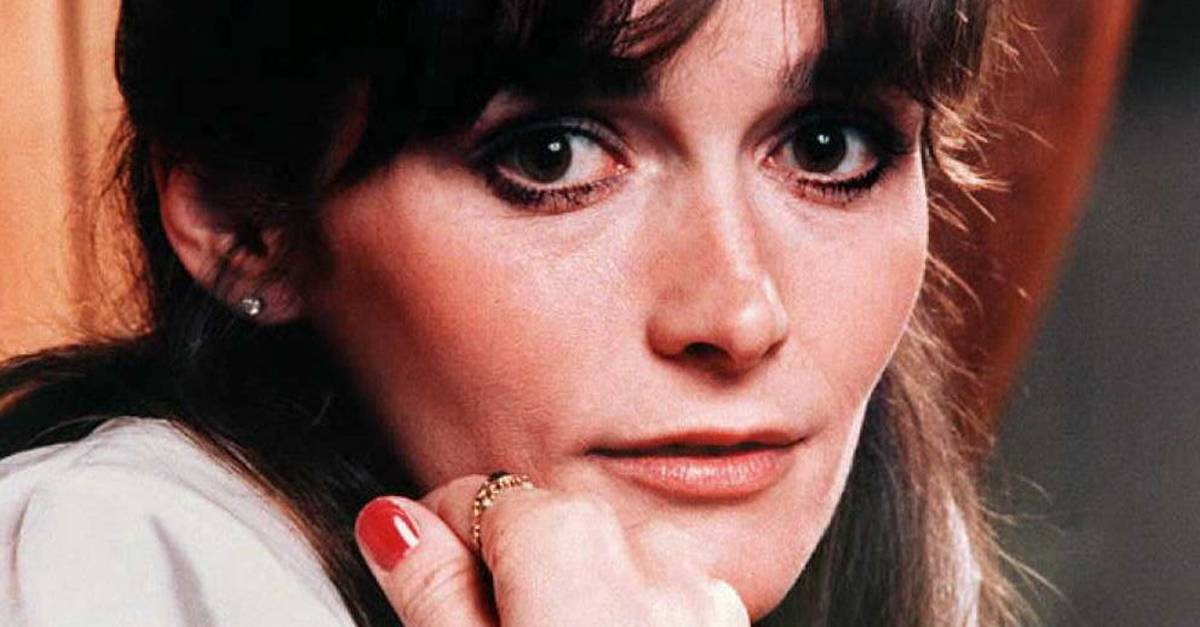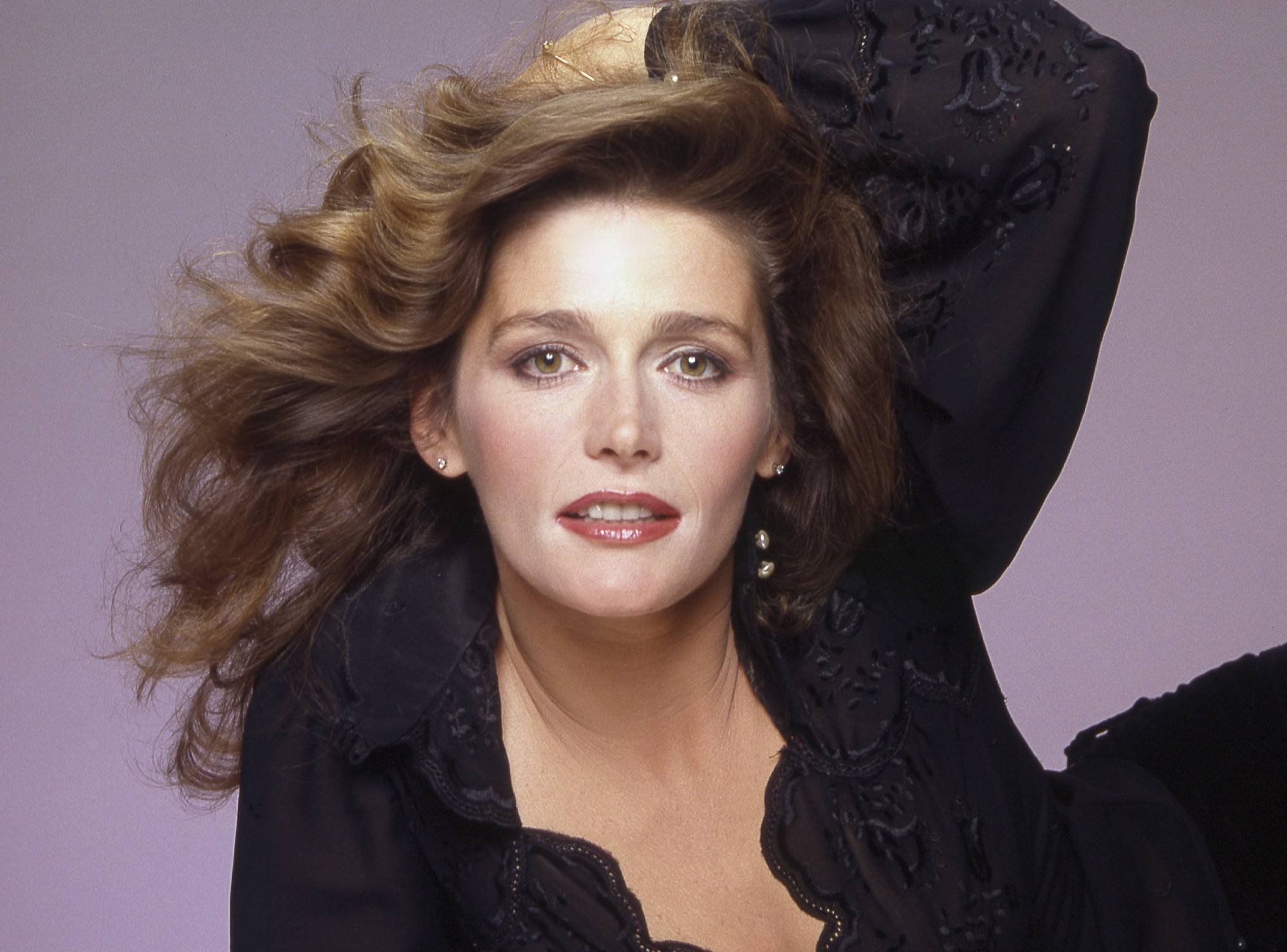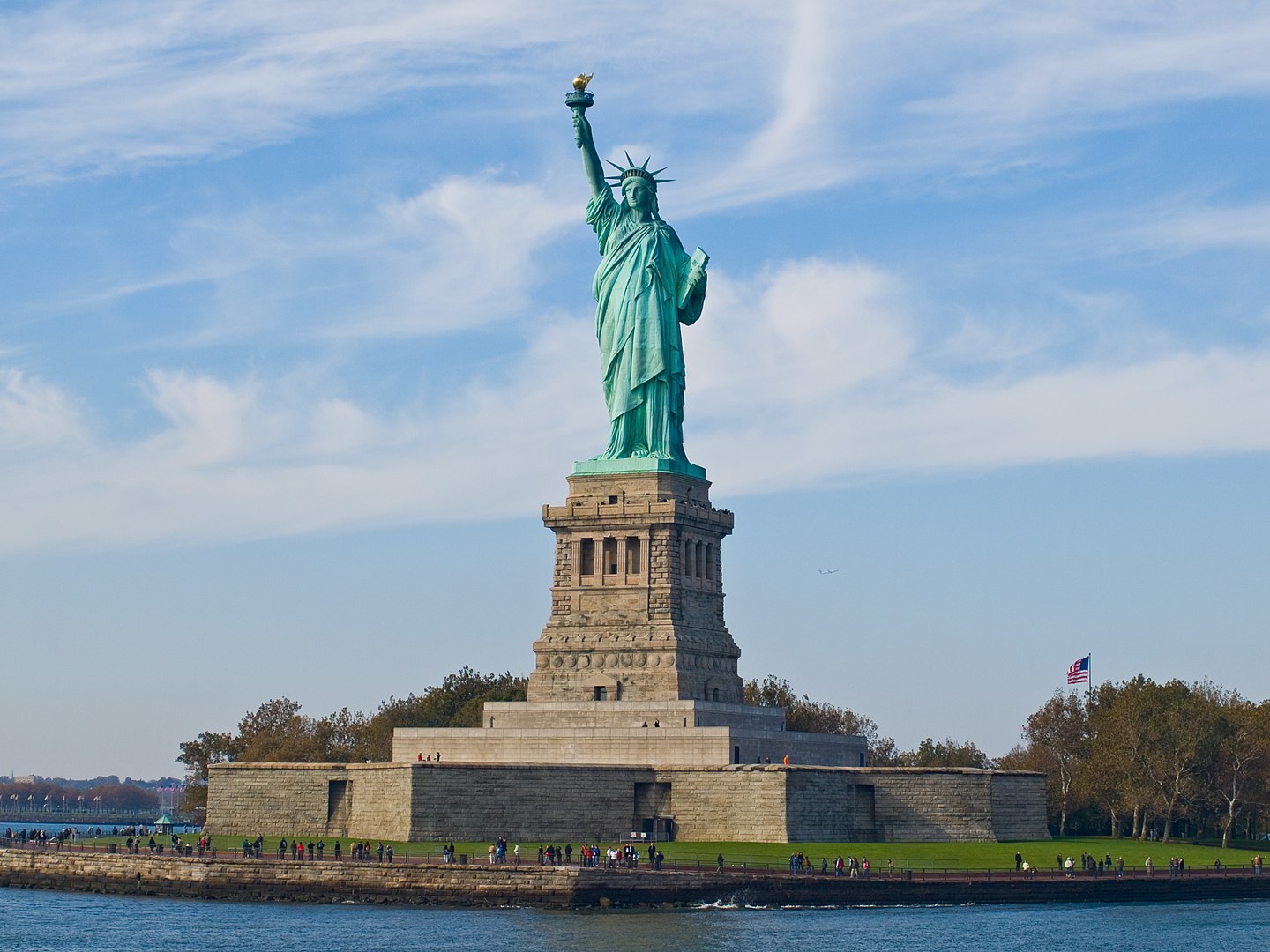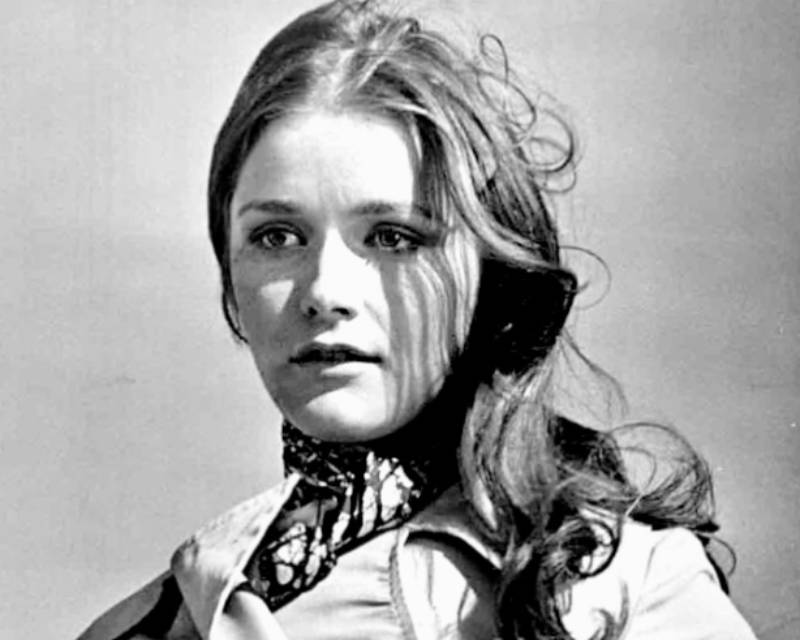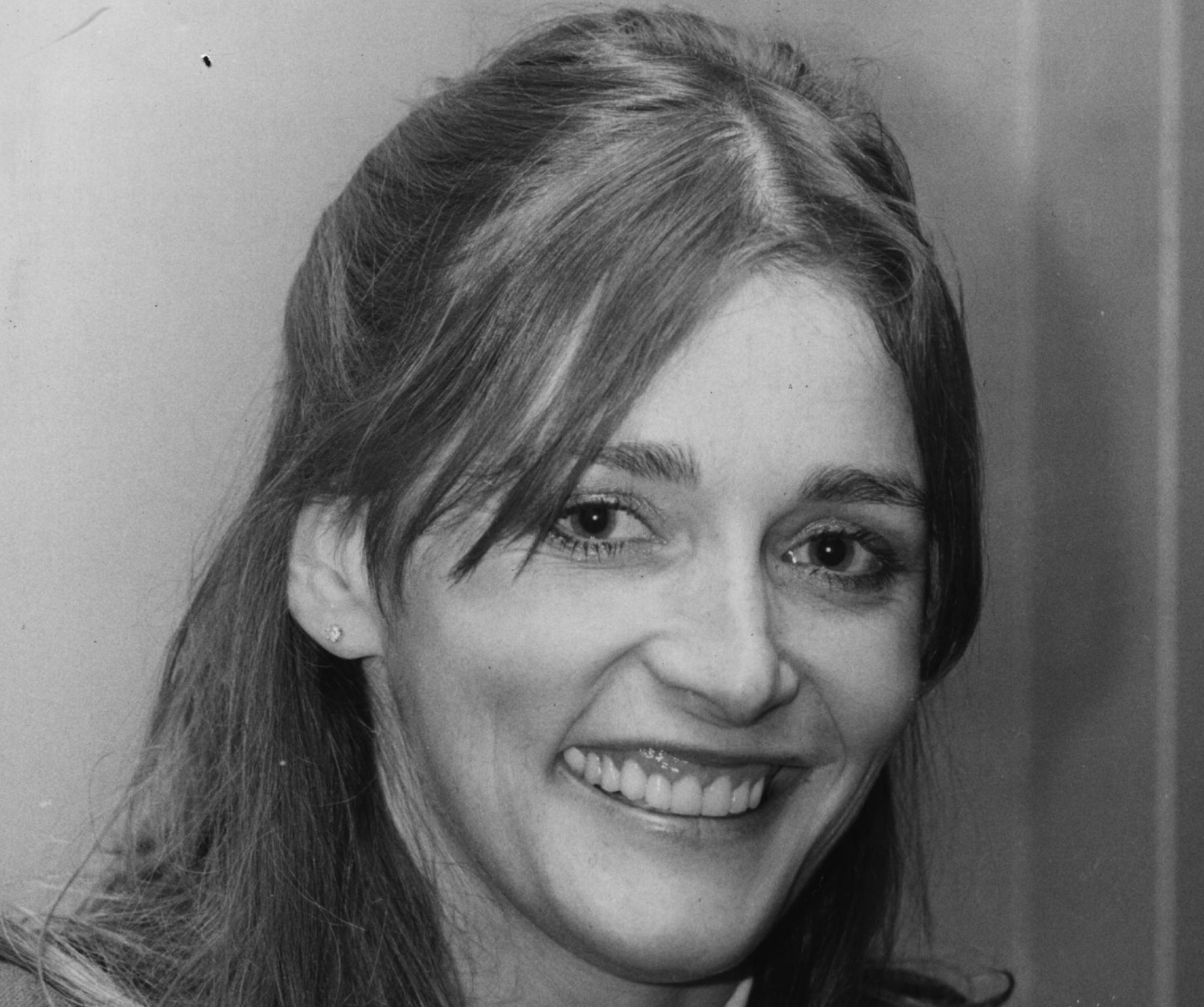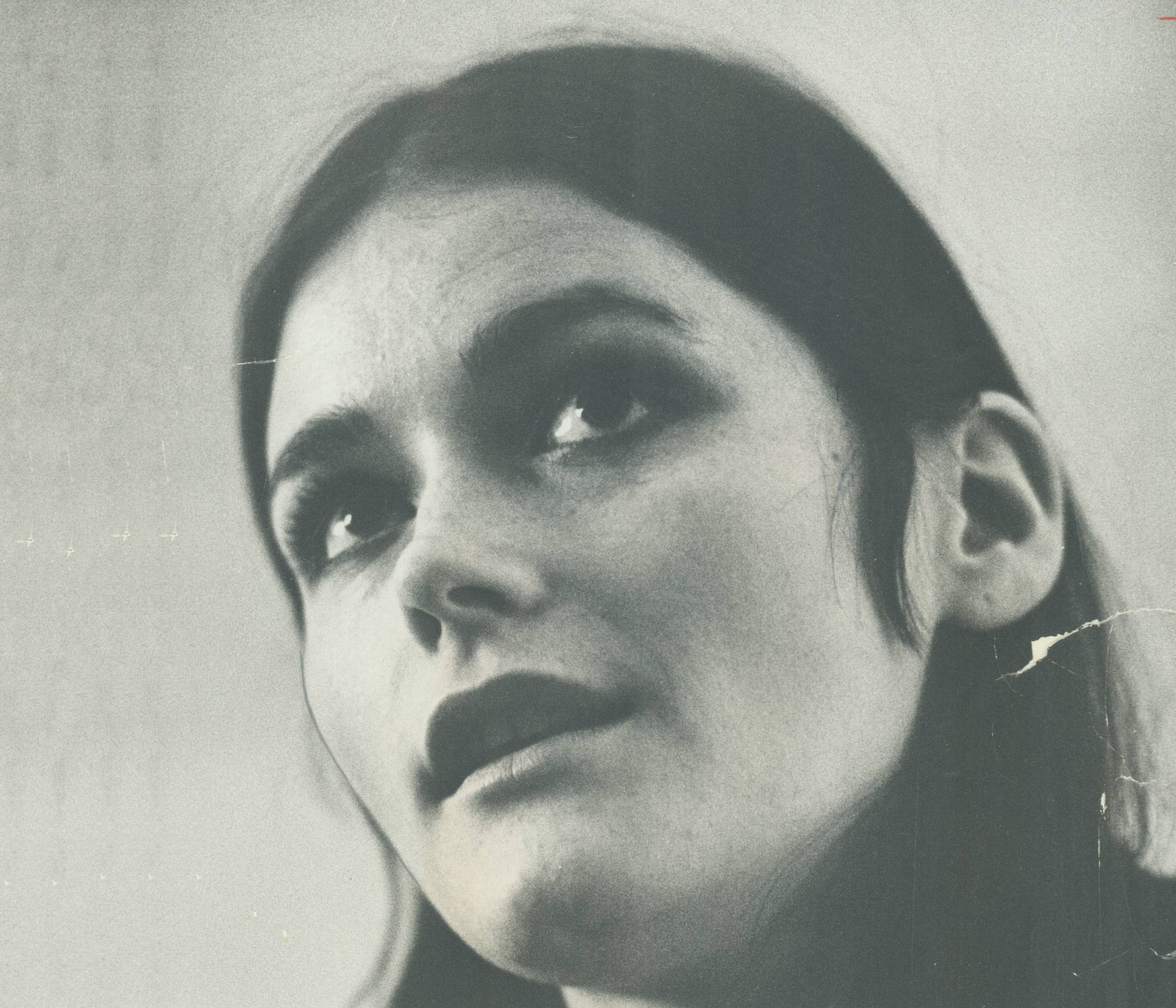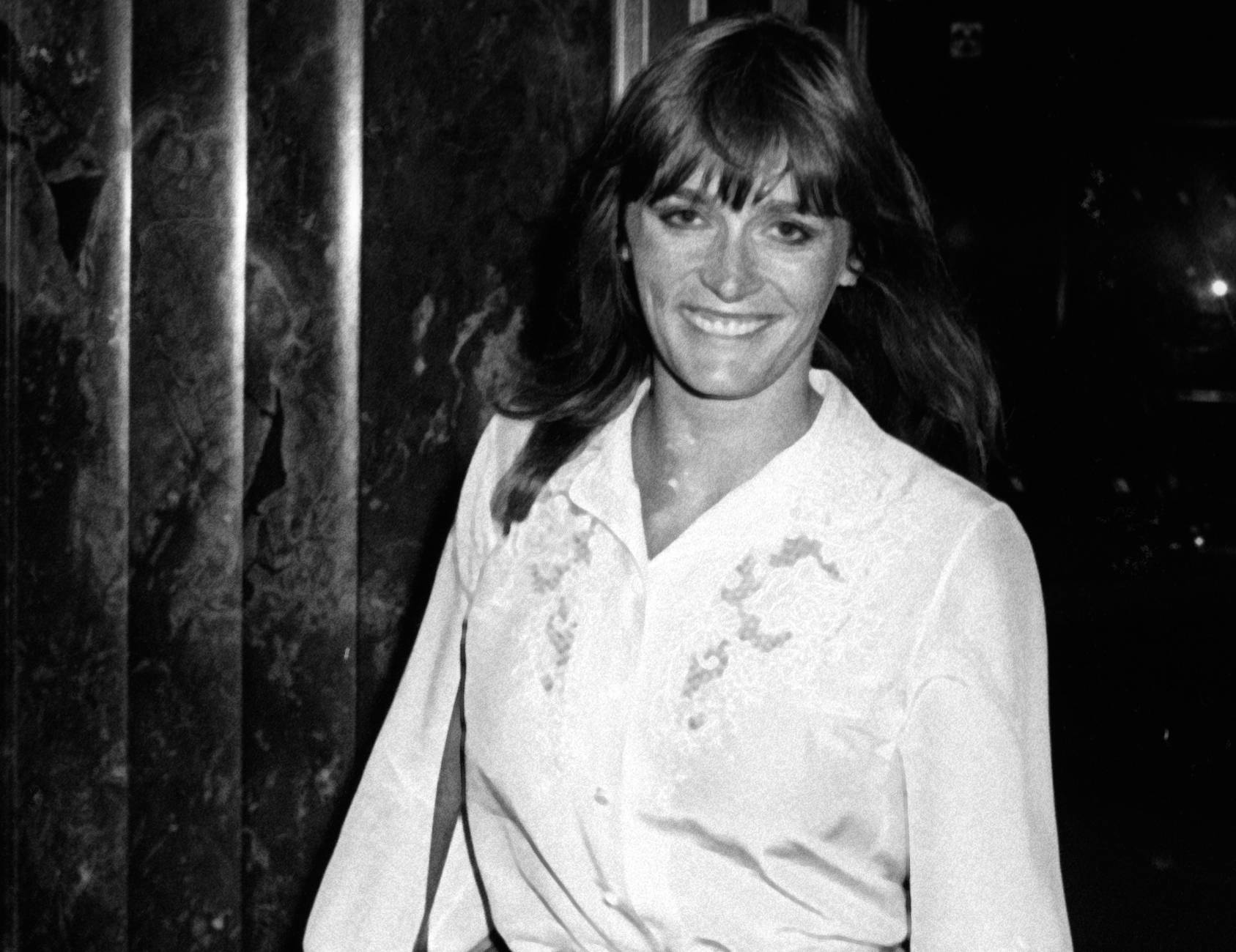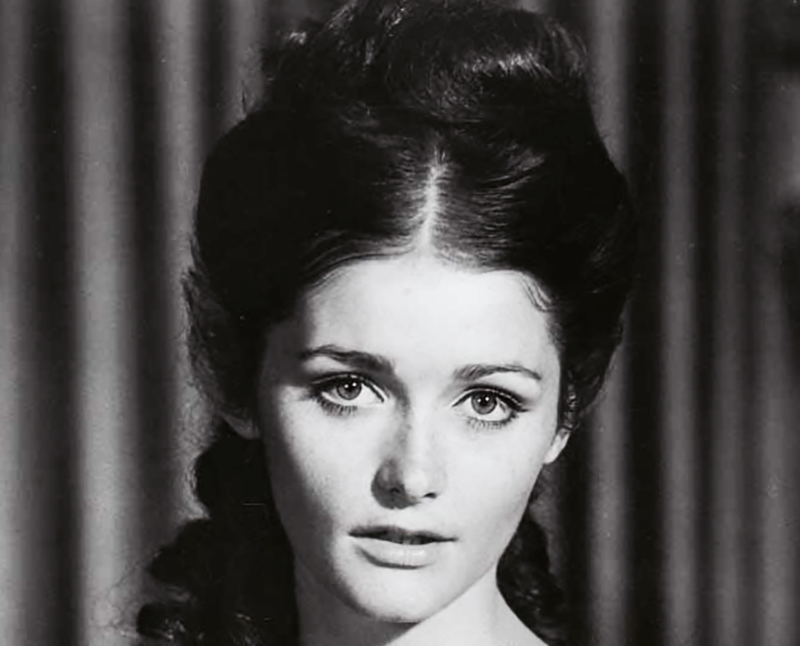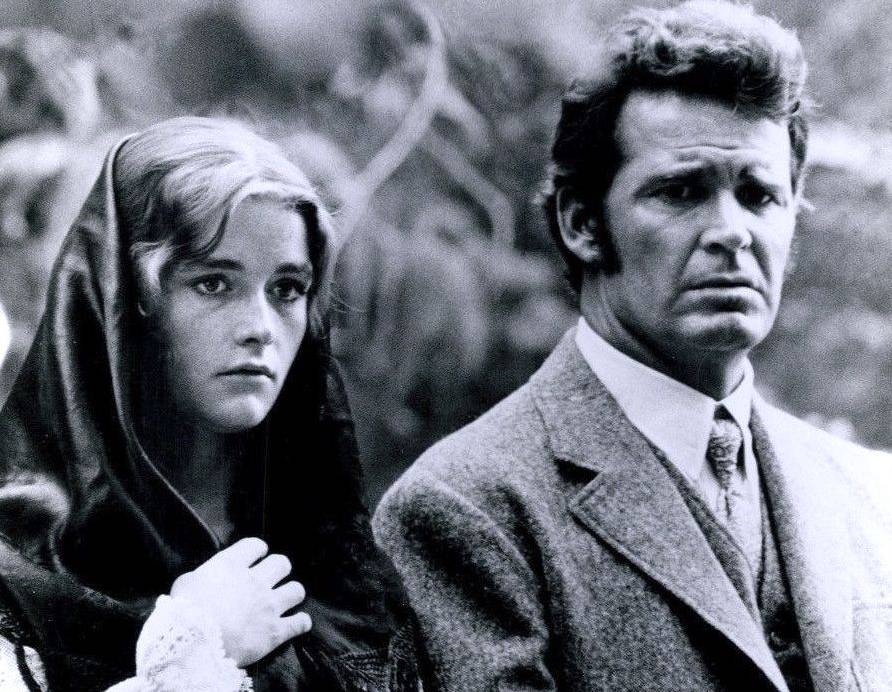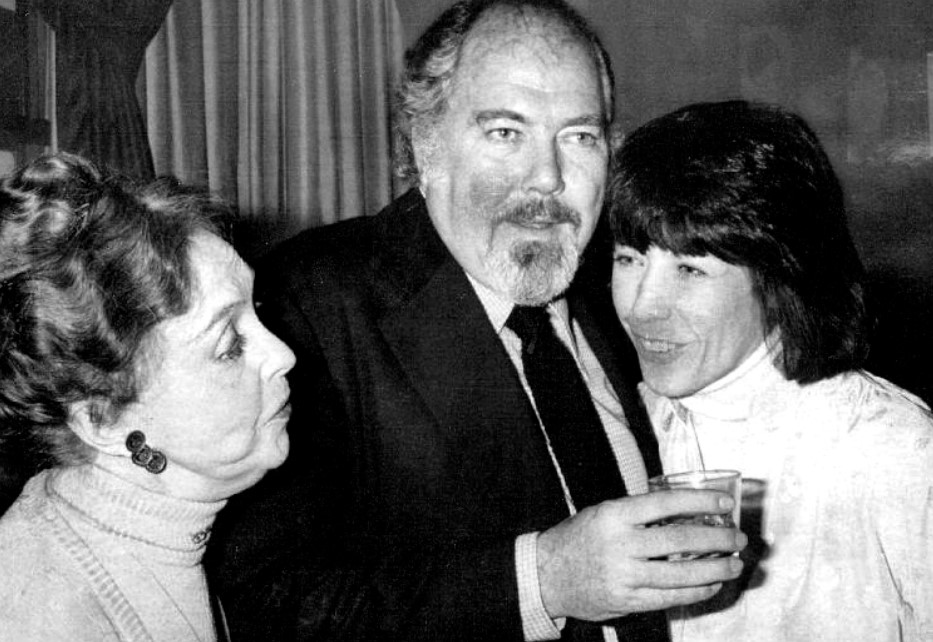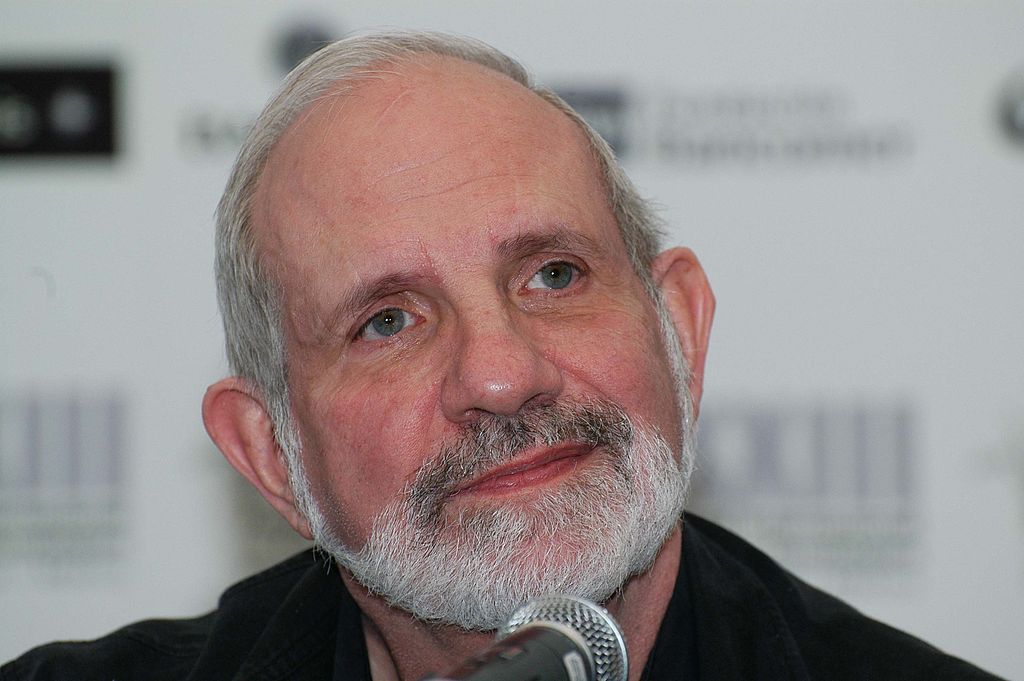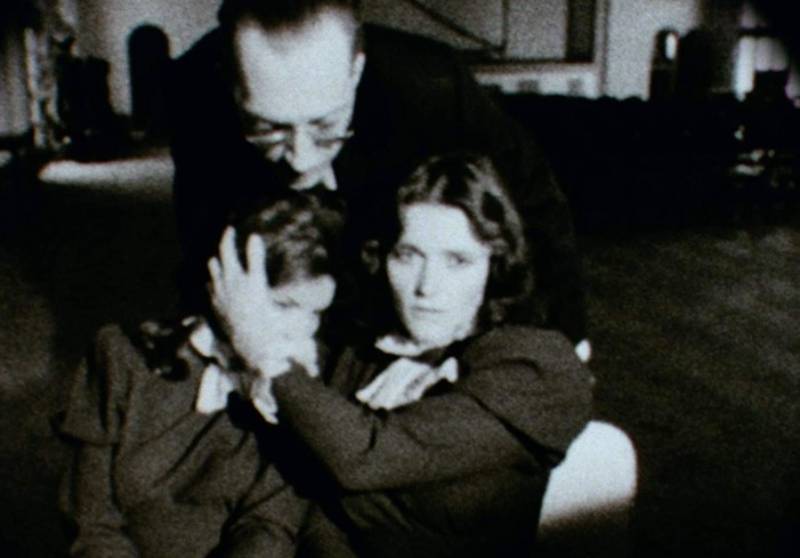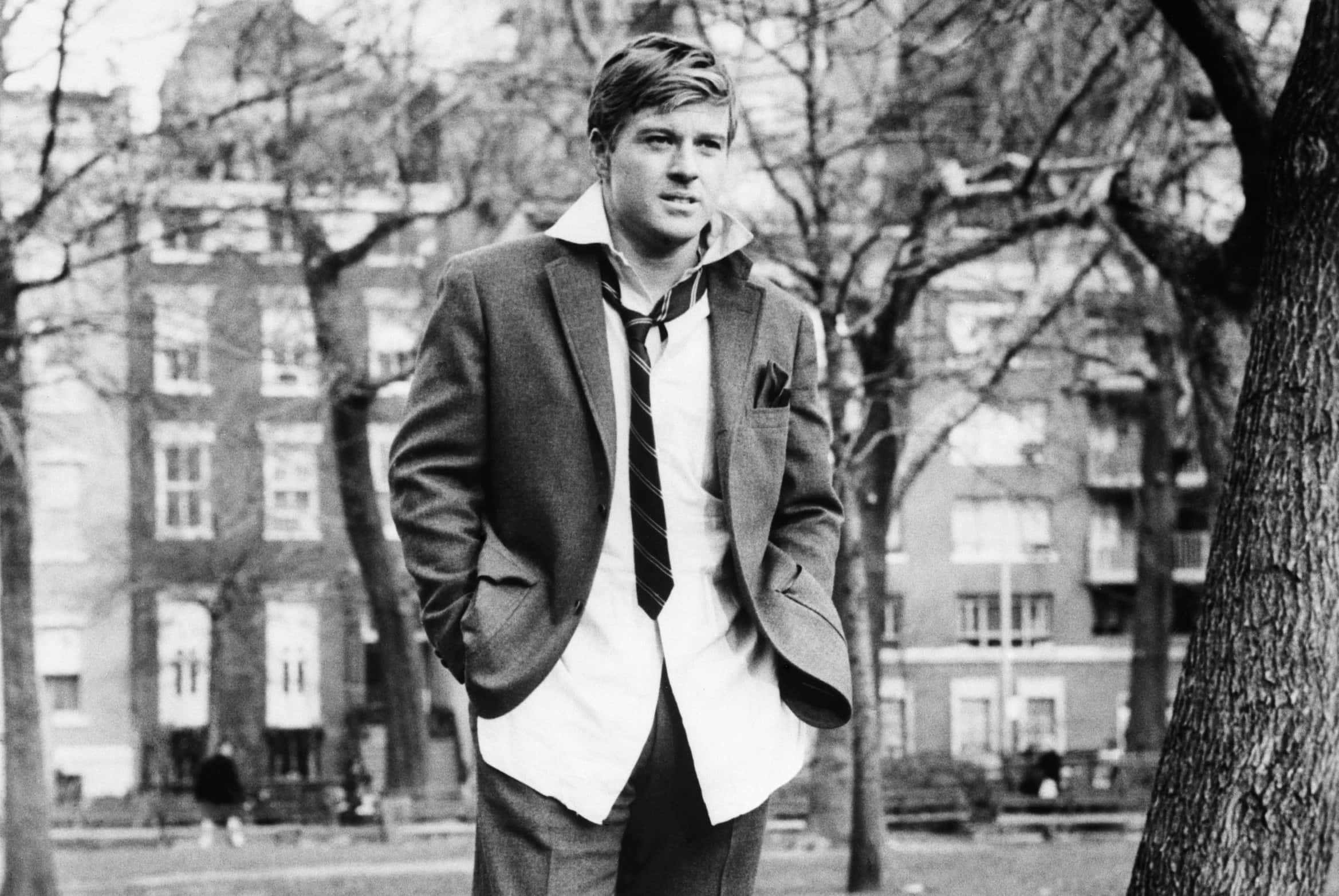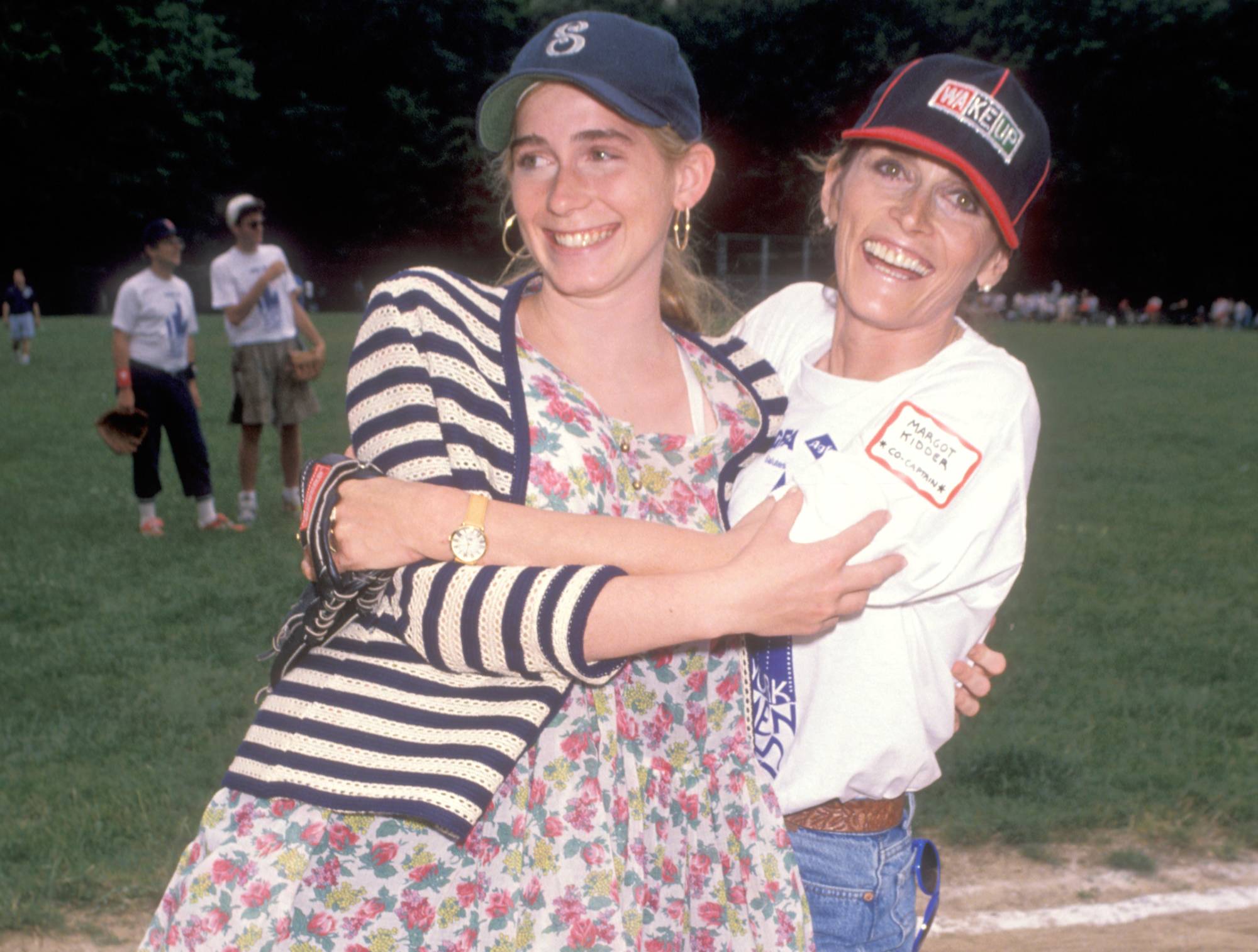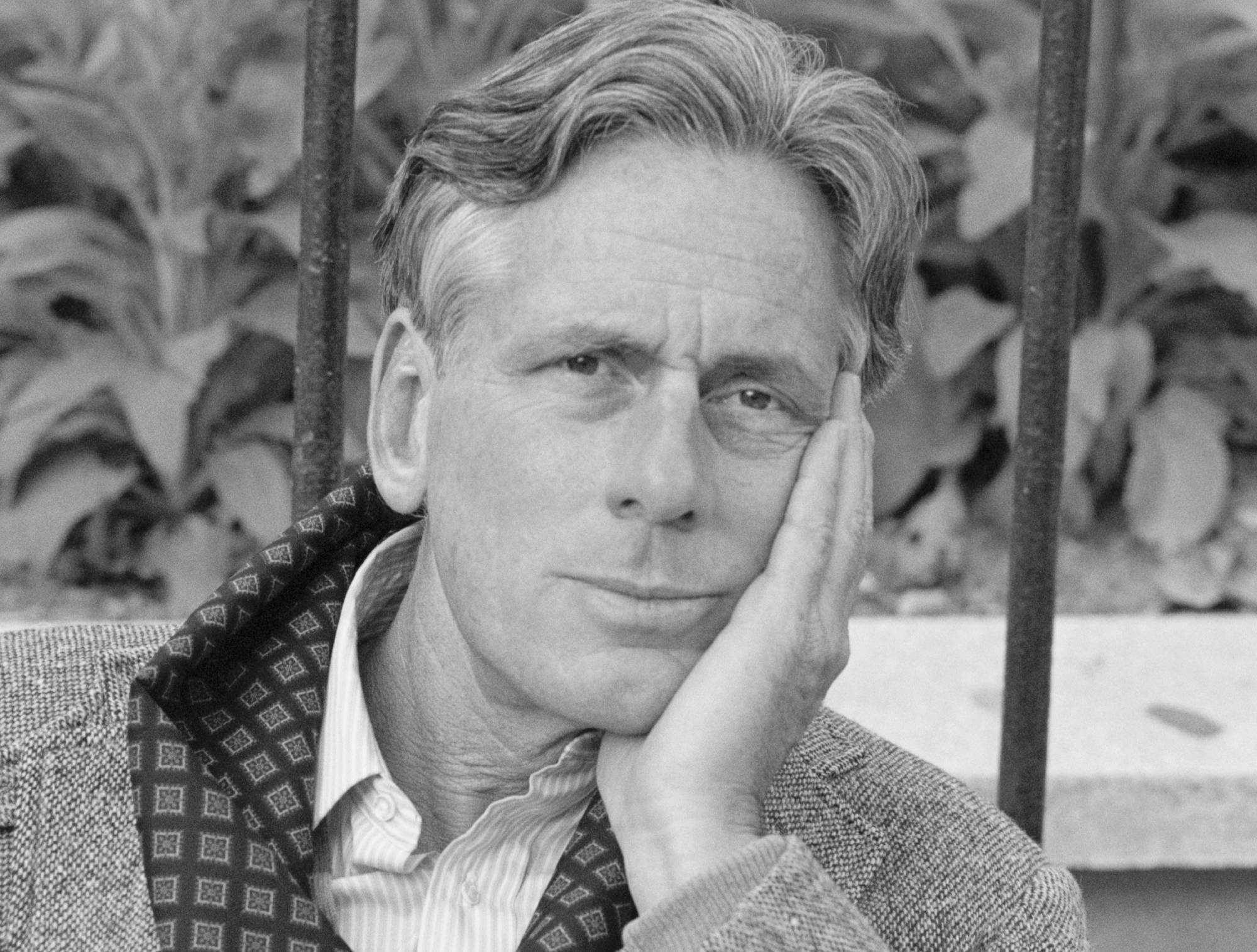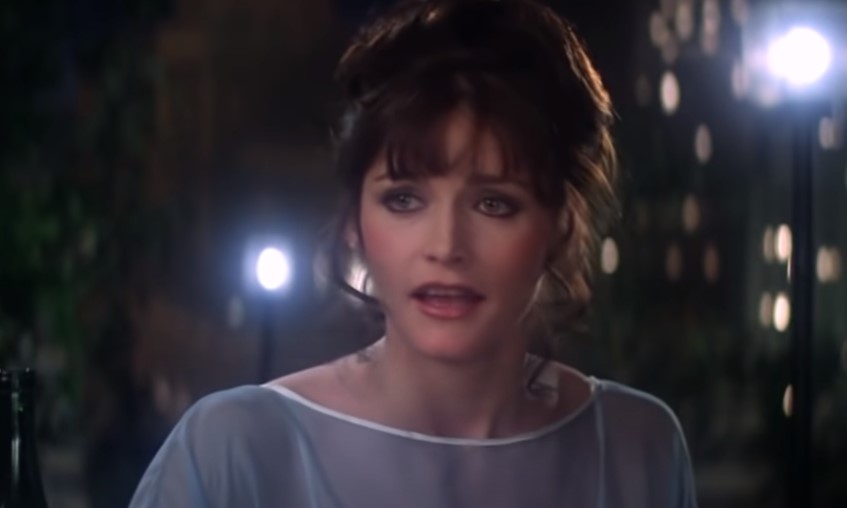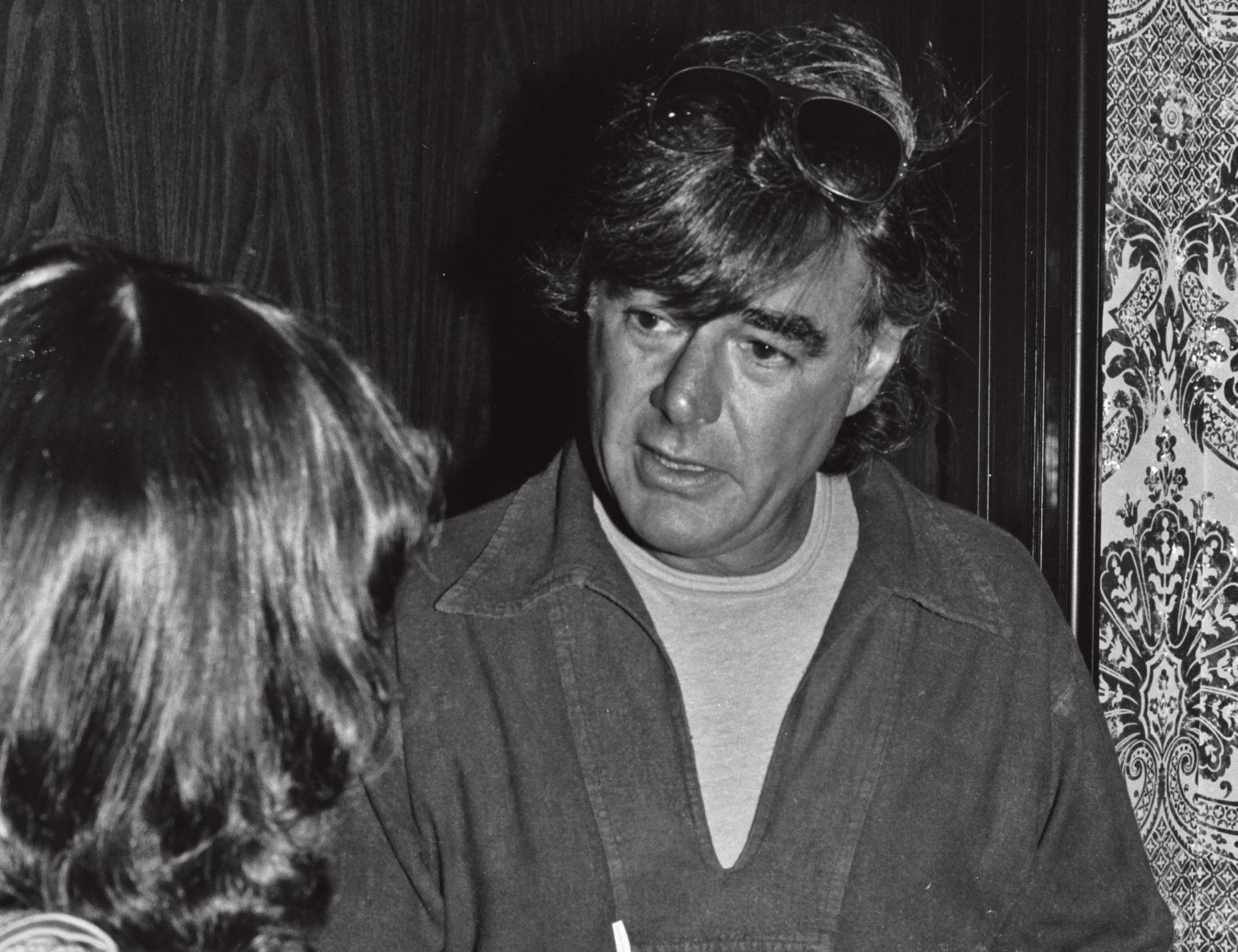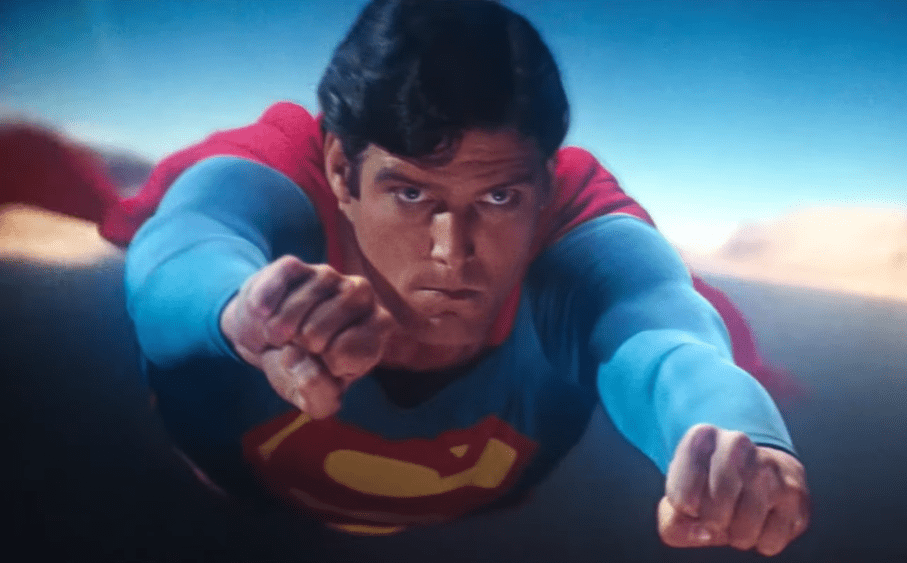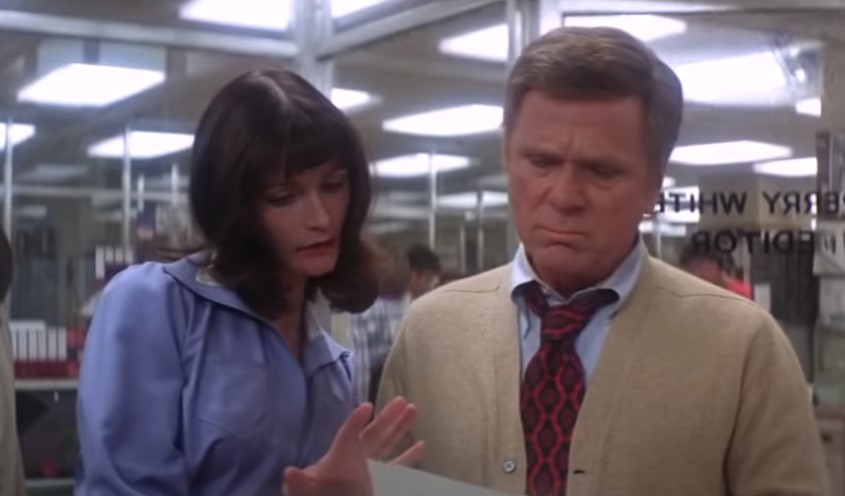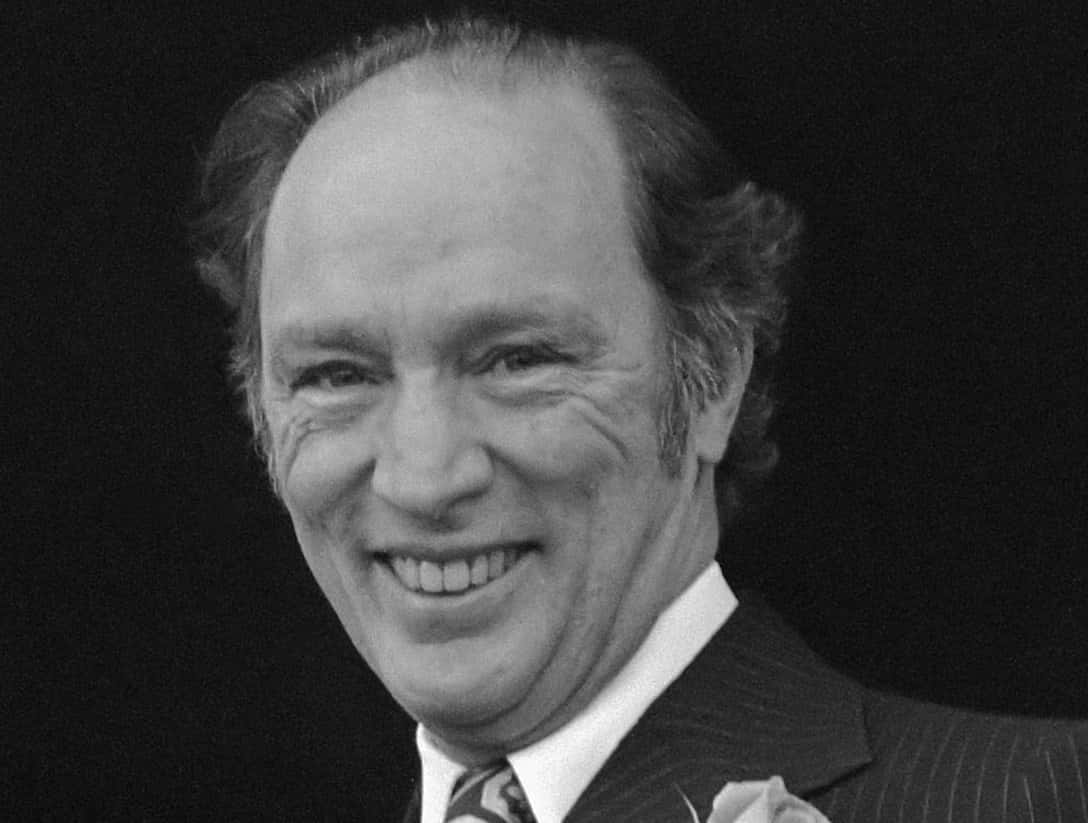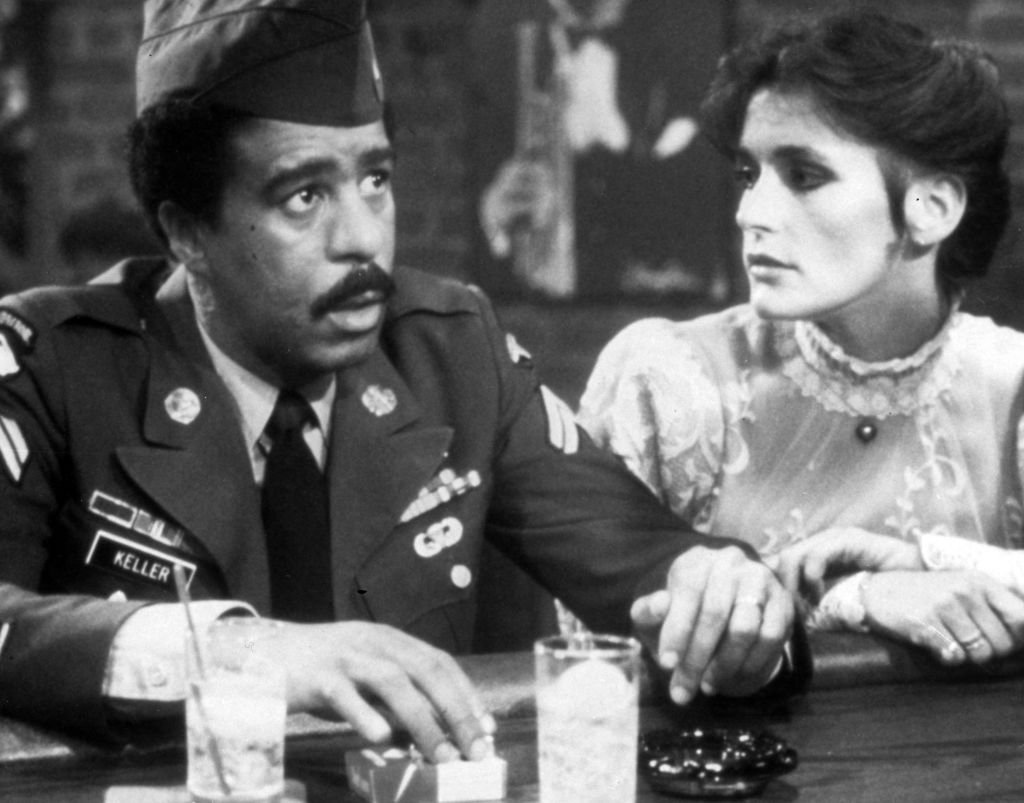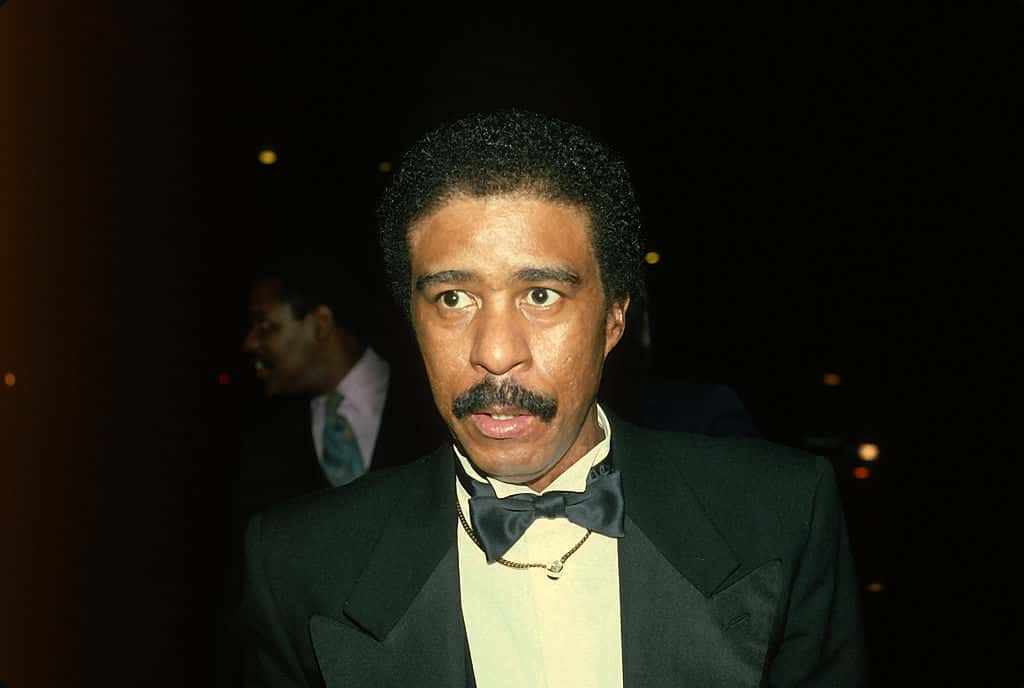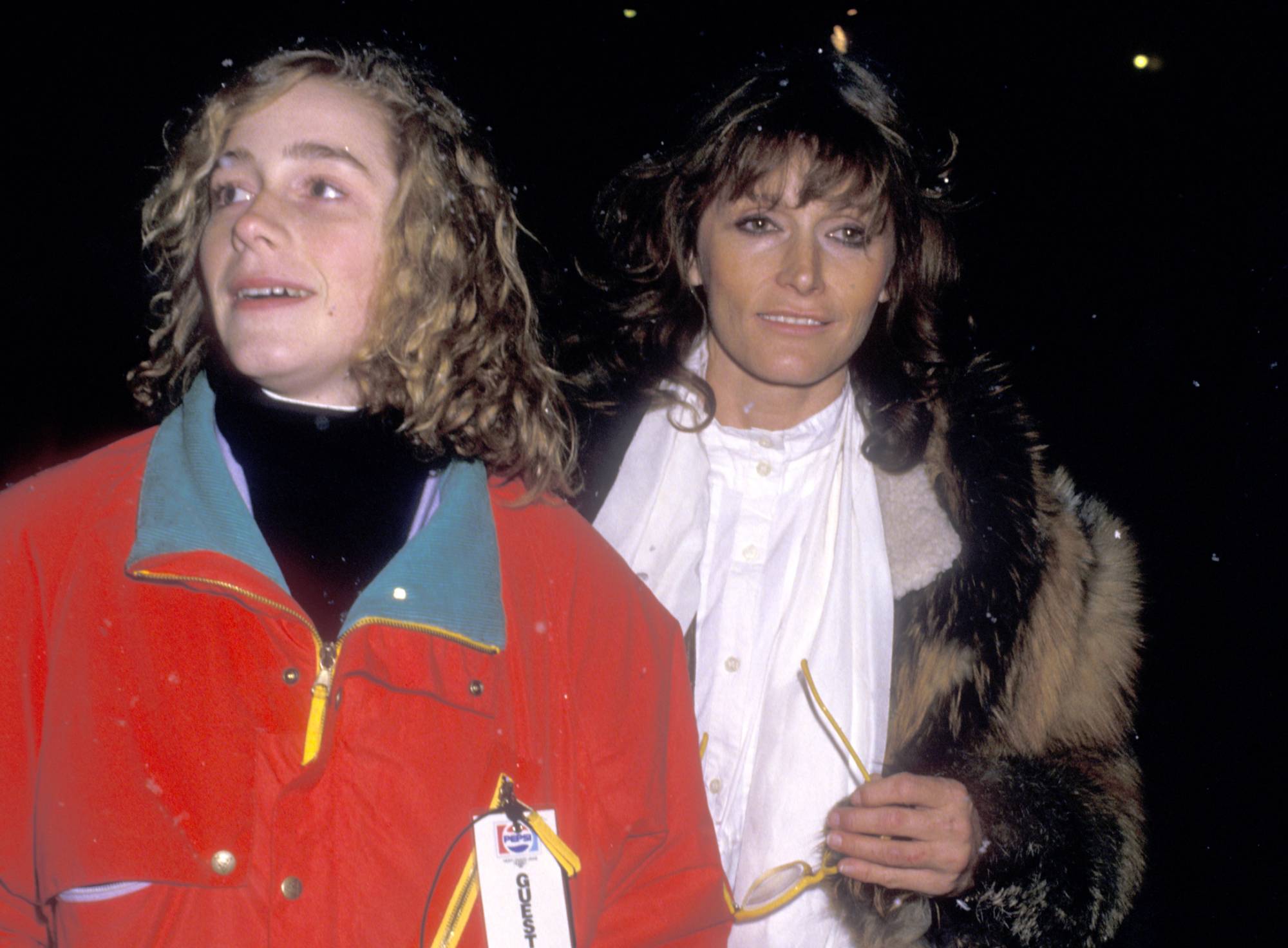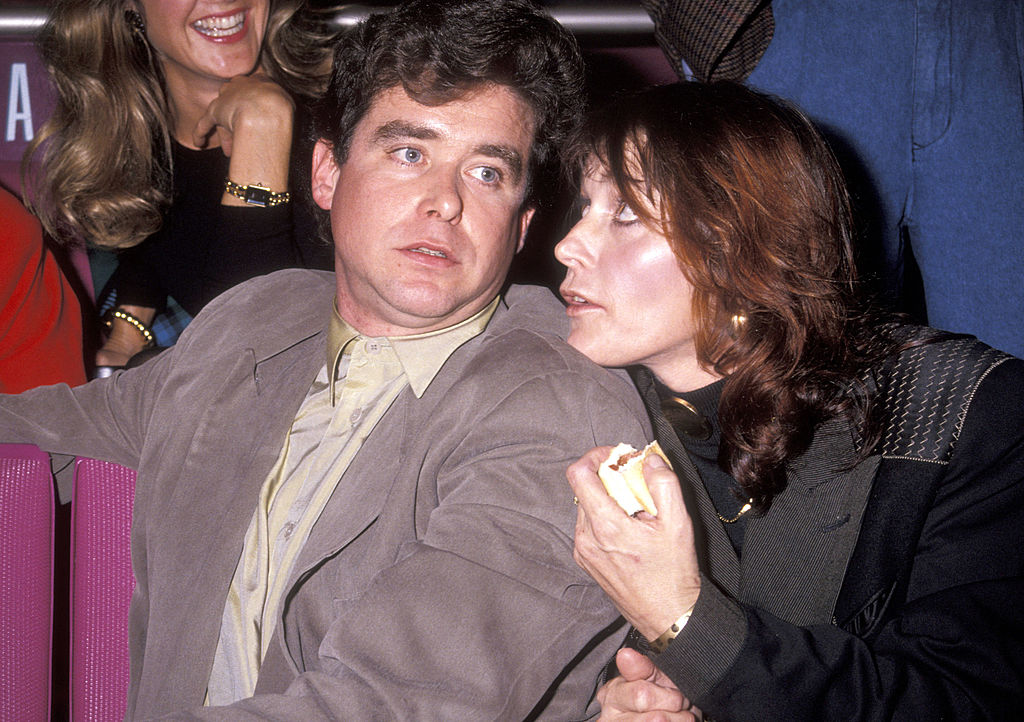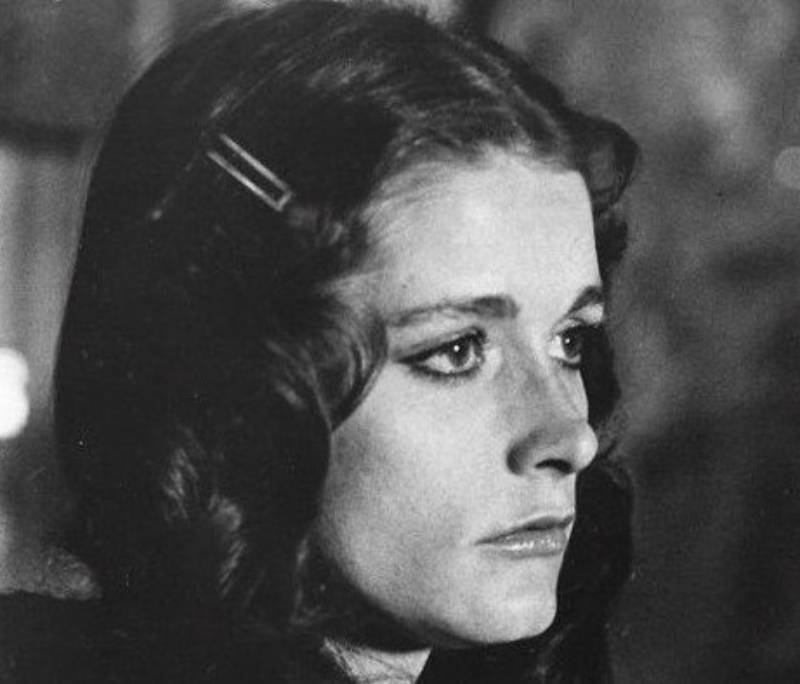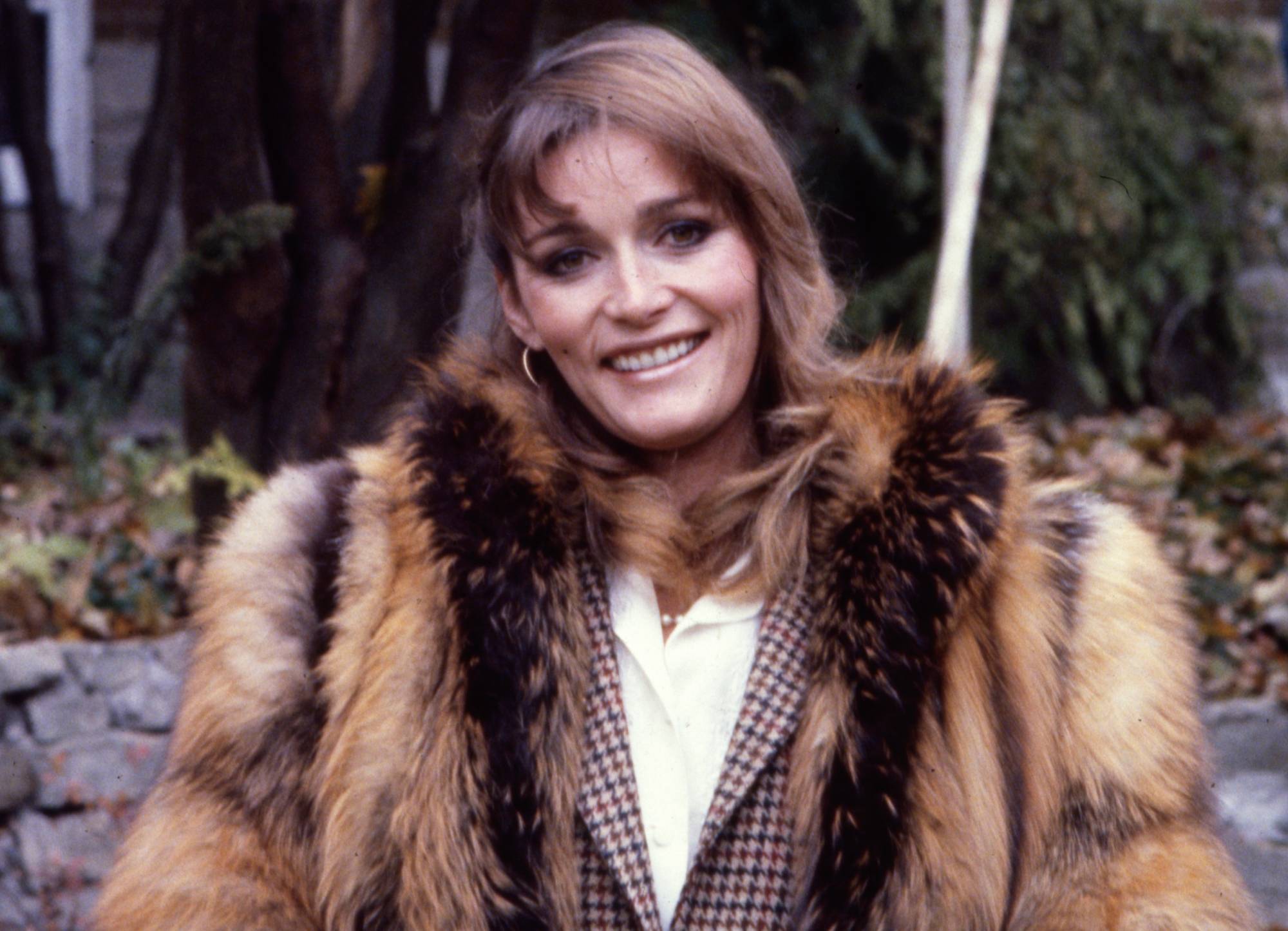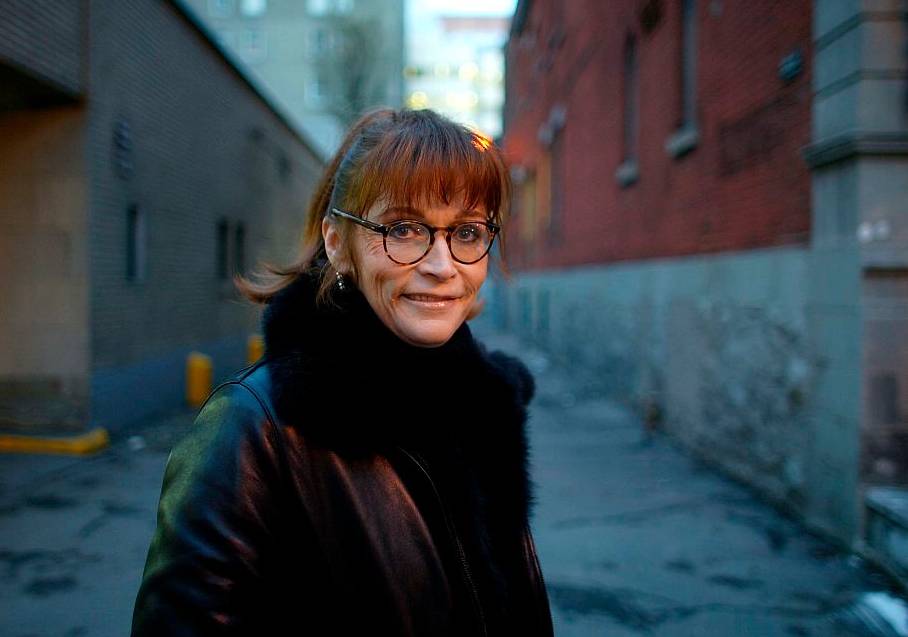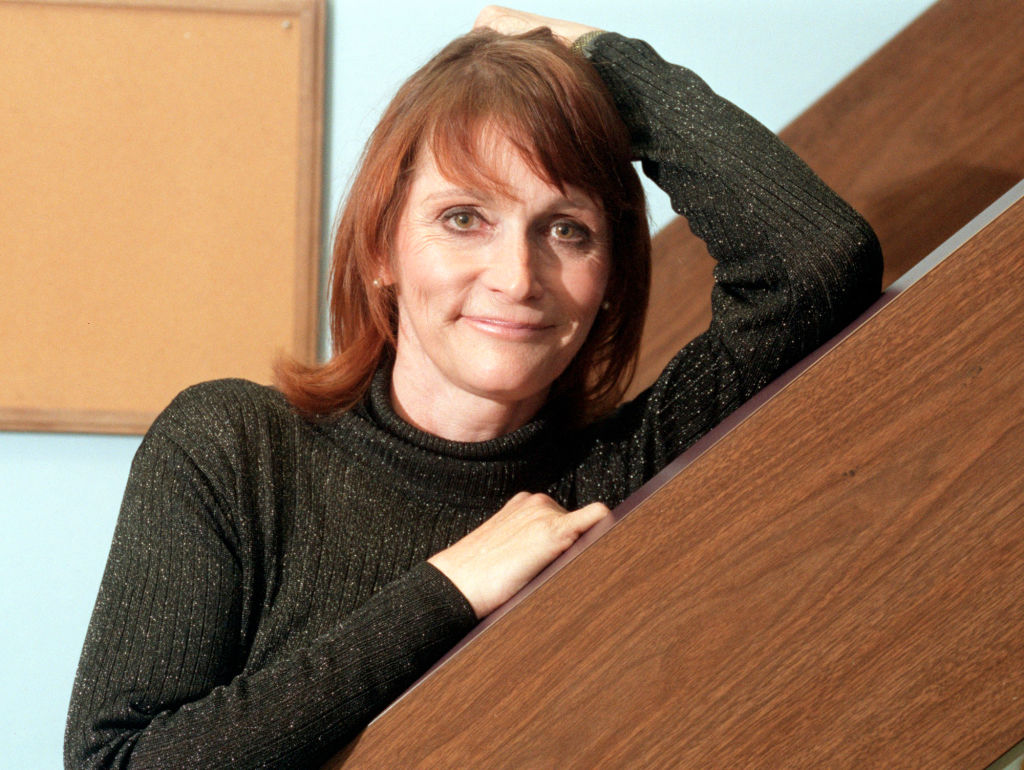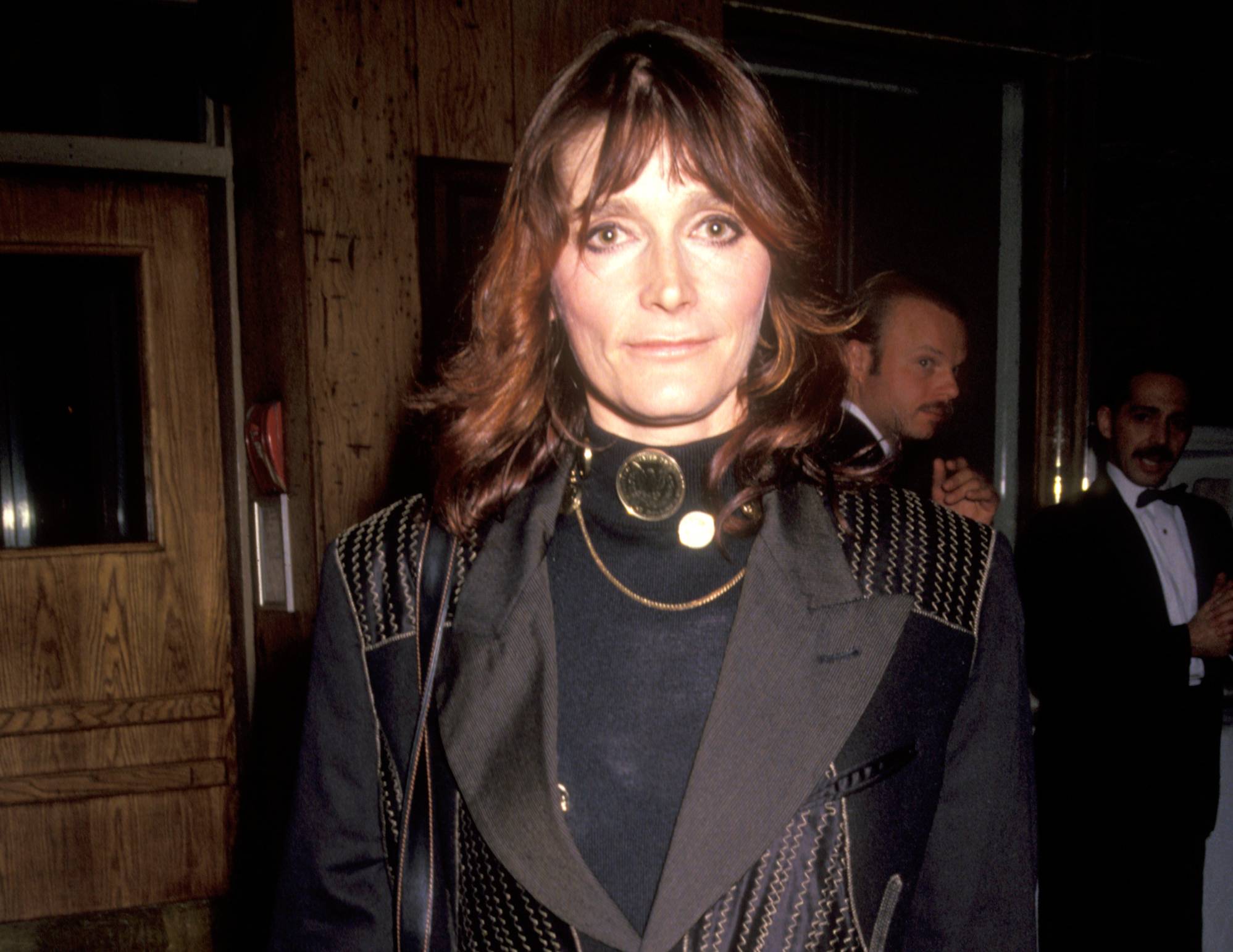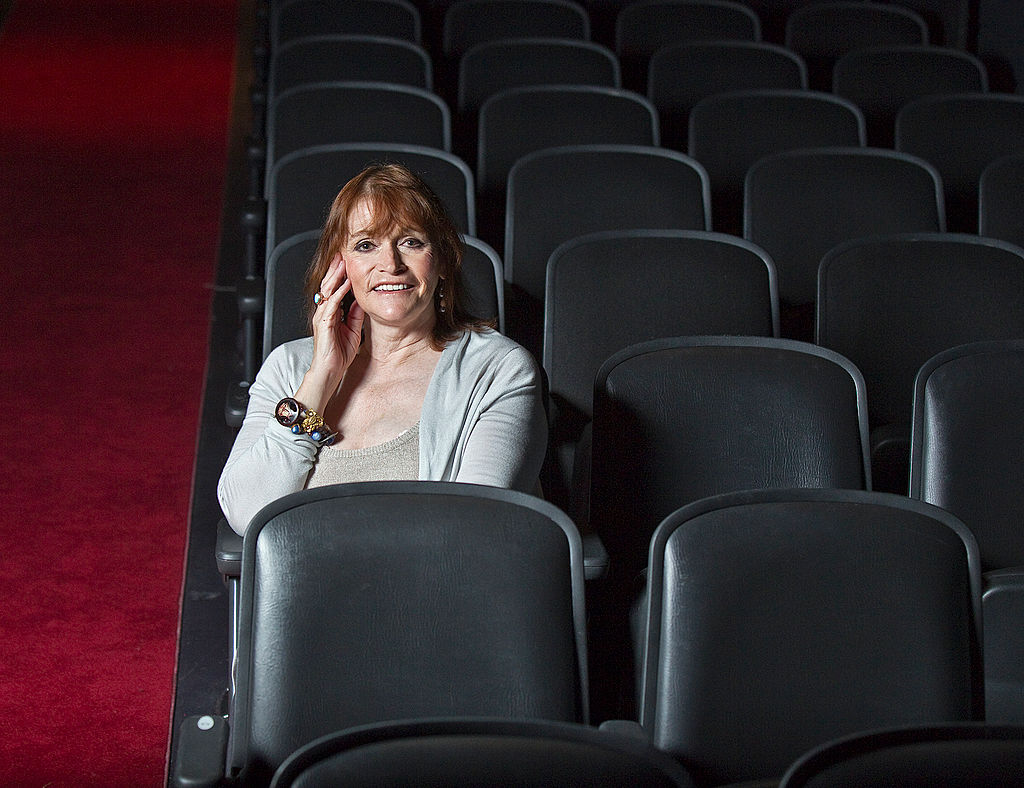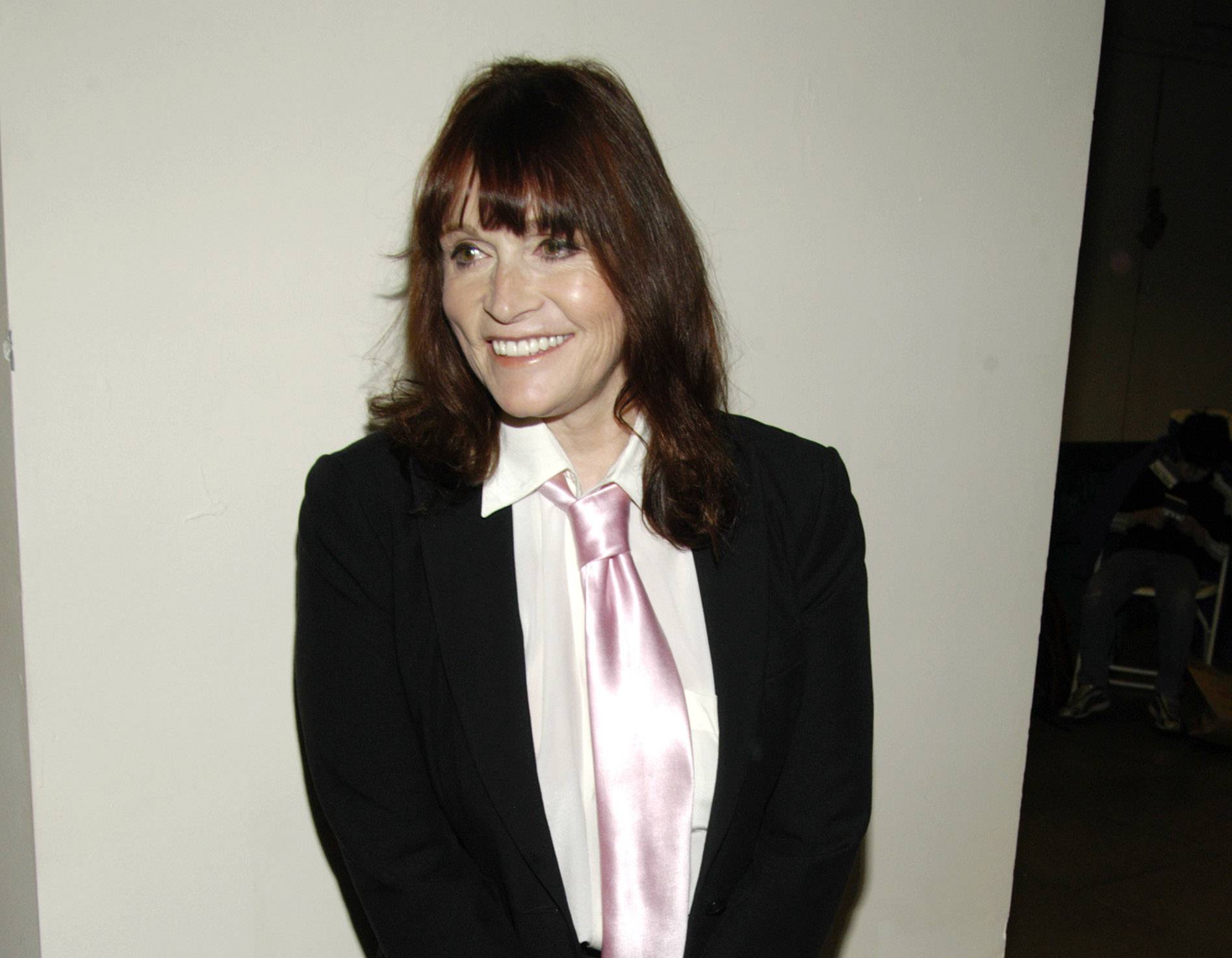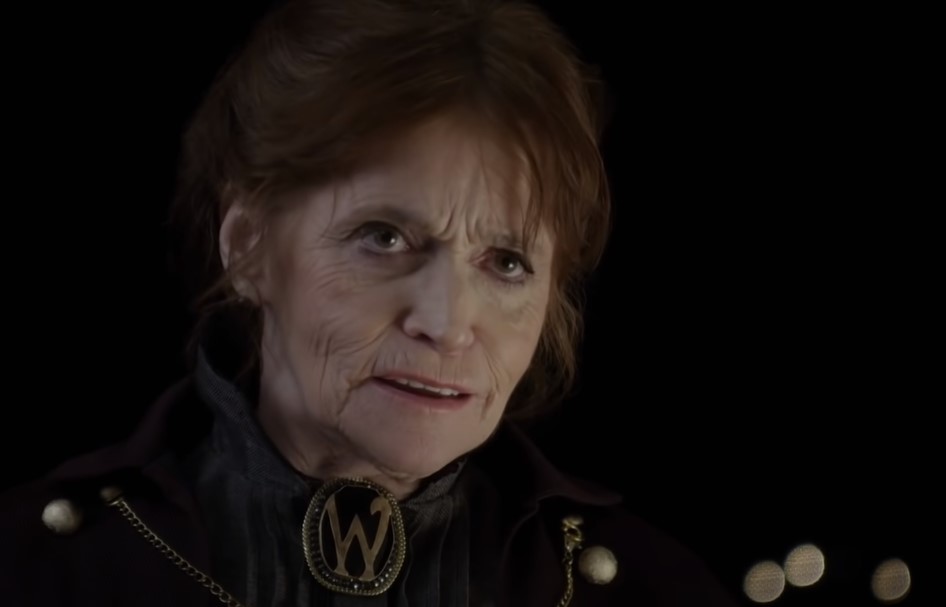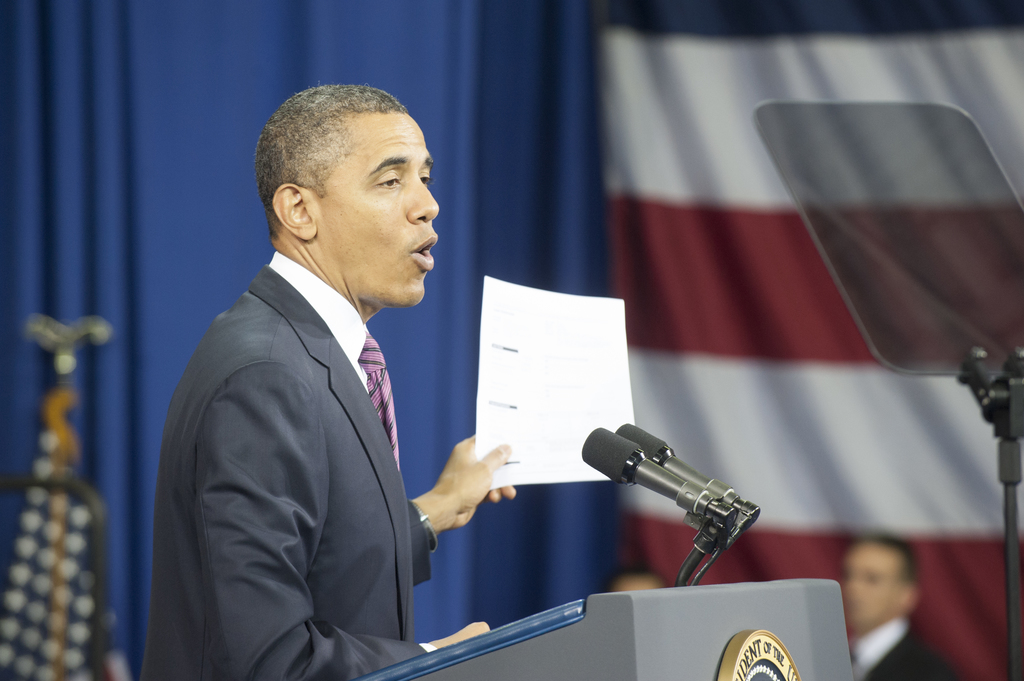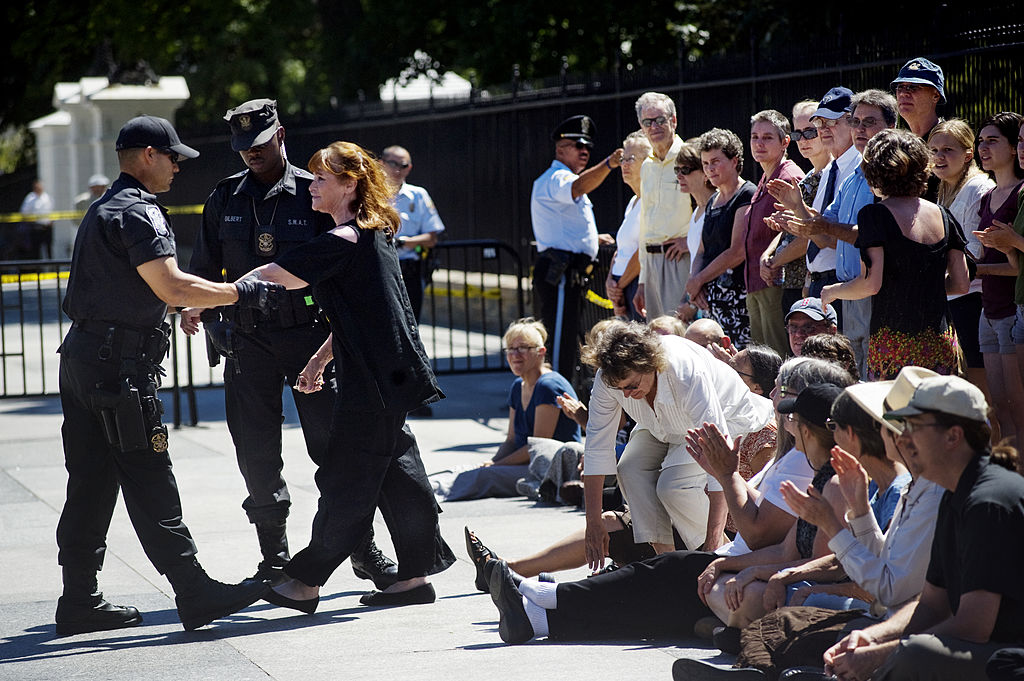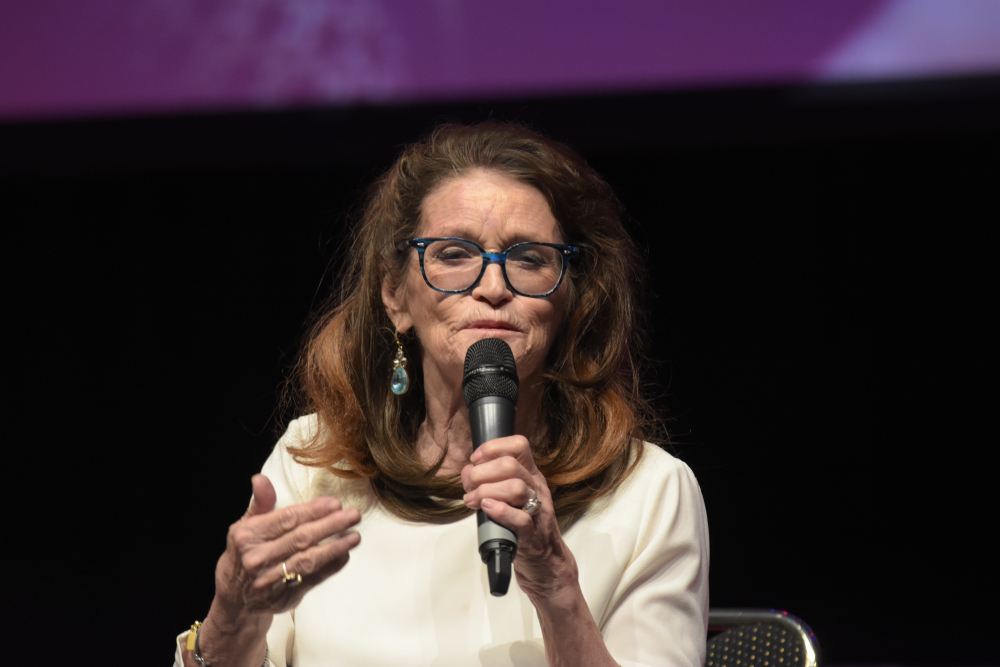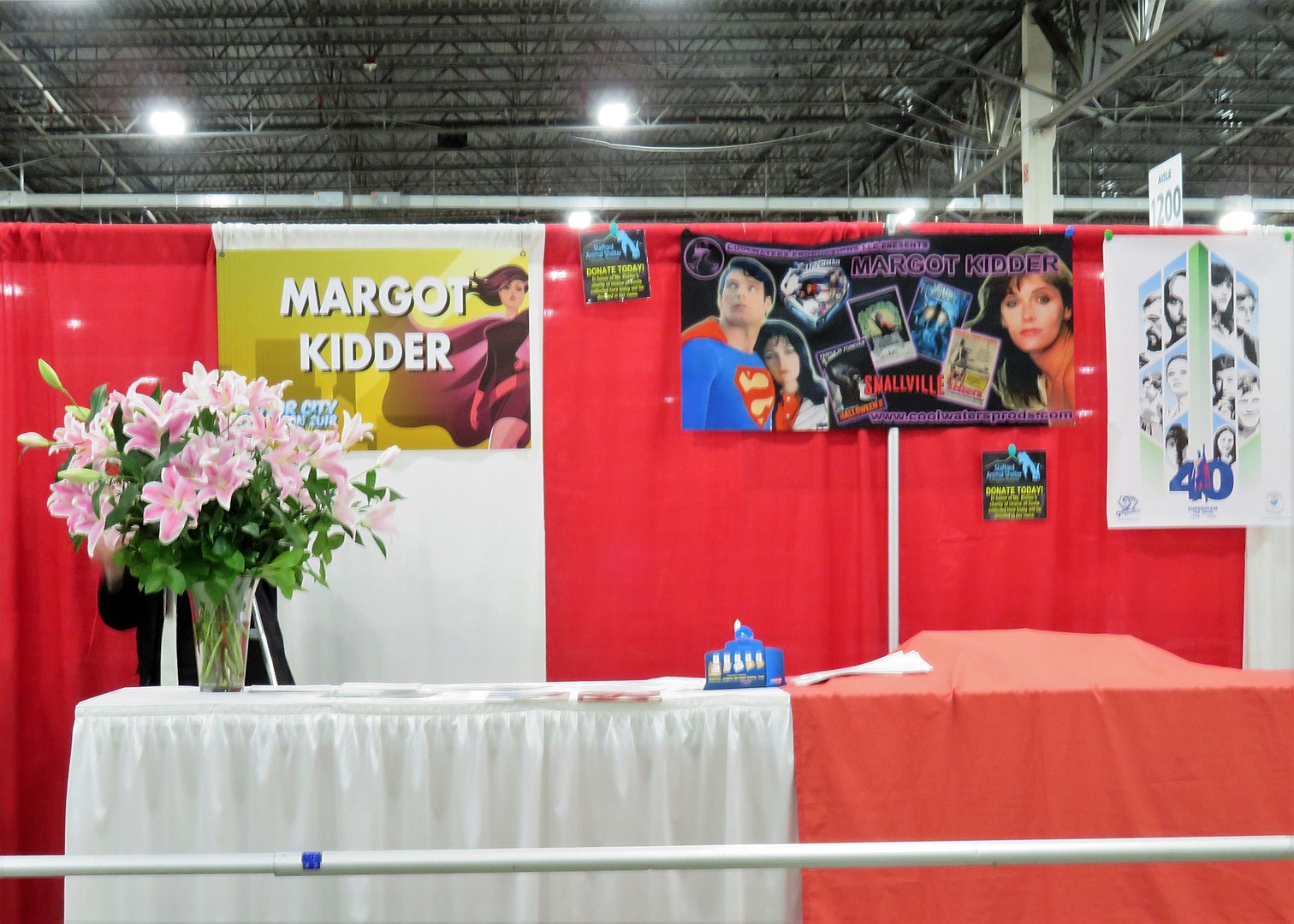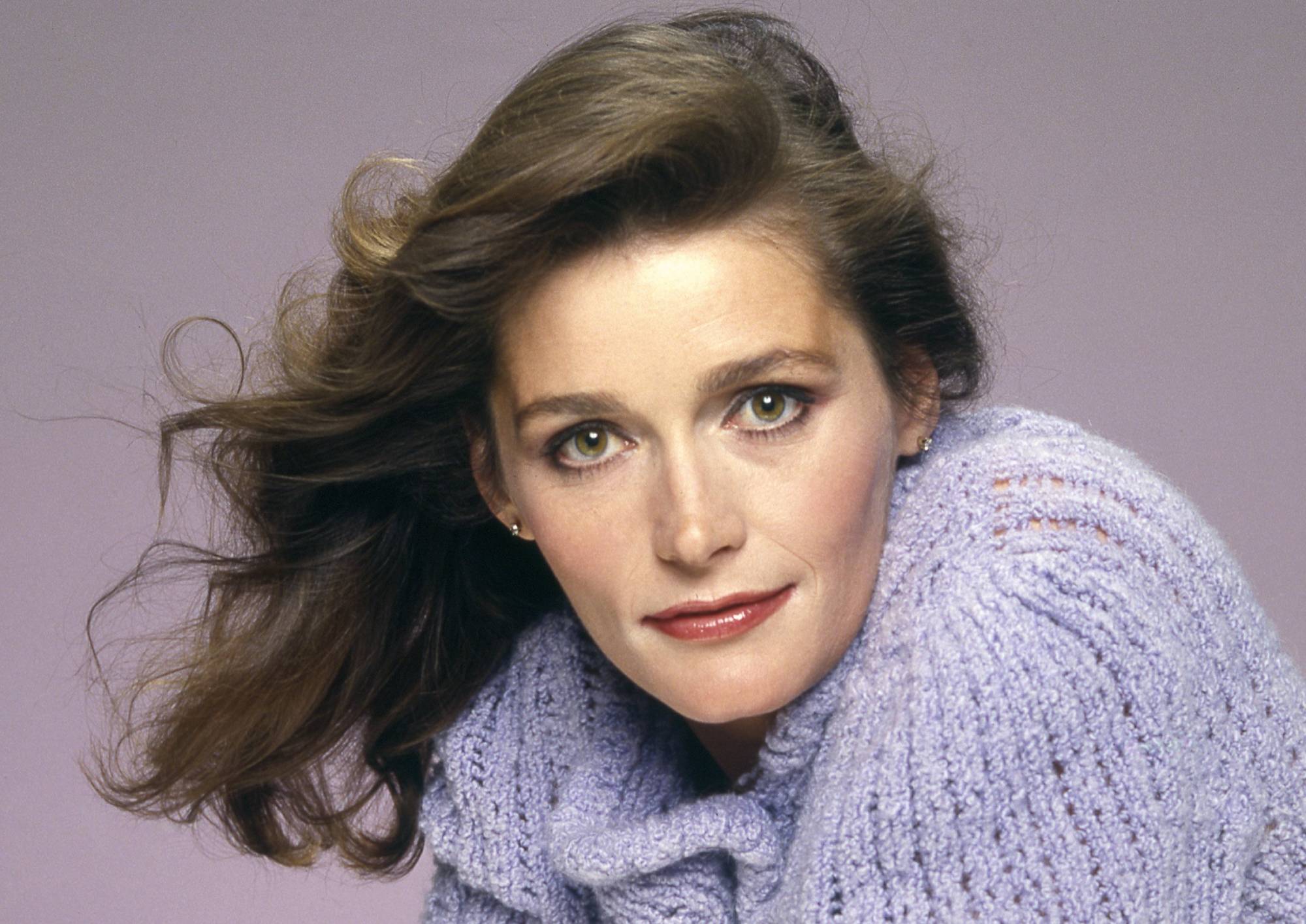The OG Lois Lane
Margot Kidder's mental health issues culminated in a very tragic—and public—four-day ordeal. Was this all just the result of flying too many times in the sky with the Man of Steel? Or was there something from the very beginning that spelled tragedy for Kidder?
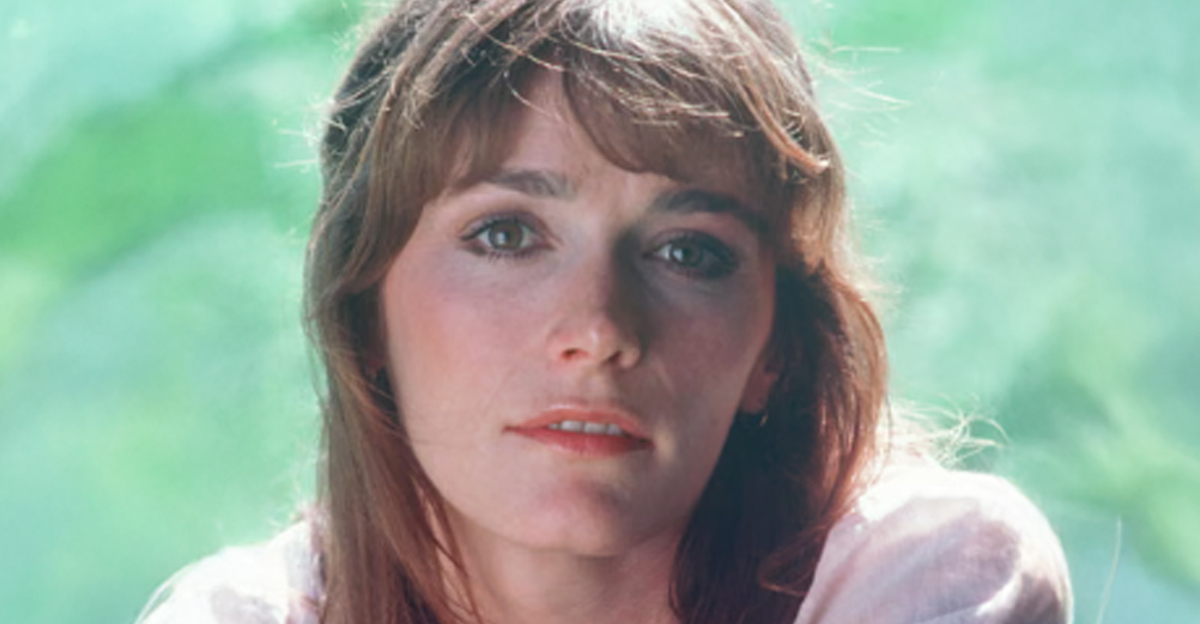
1. She Was From The Great North
Margot Kidder was born on October 17, 1948, far north in the Canadian wilderness. Dad was an American explosives expert, so for his job he had to be far away from cities. Mom was a Canadian: a left-leaning history teacher who often argued with her much more conservative husband. And what about Kidder’s thoughts of a career in show business? Where did they come from?
They wouldn’t have surfaced at all if it wasn’t for one thing her mother did.
2. She Saw It Live
Kidder’s mom wanted her daughter to see more than just the trees and mountains of the north, so she did something drastic: She took her daughter from the Canadian bush, where they didn’t even have a movie theater, to the Big Apple. While they were in New York City, Kidder and her mom went and saw the musical Bye Bye Birdie live on stage. Kidder was awestruck and quickly made a resolution—right then and there—to be a performer.
Kidder and her mother eventually, however, had to return to their remote home. A place where Kidder was keeping a secret she could tell no one.
3. She Kept It To Herself
Kidder later said that she always knew she was different from other people. As a teen growing up with bipolar disorder—even though no doctor ever acknowledged it—was unbearable. Soon, she couldn't take it anymore. When she was 14 years old, she tried to take her own life. That was when she realized she needed an outlet for what she called her “mind fights”.
She soon discovered that the outlet was acting. But how could she pursue acting when she lived in the wilderness?
4. They Laughed At Her
Living in the remote Canadian wilderness didn’t grant Kidder many options as actor. Instead, she imagined herself in all the books she was reading. When she told her family of her dream to be an actor, they just laughed at her. They thought it was impossible for someone who came from where they lived to be an actor. That’s when fate jumped in and changed everything.
5. She Got Her Chance
In 1966, dad gathered the family around for an announcement: They were leaving the great white north. The Kidder family followed dad and his job to a few other Canadian cities, before they eventually sent Margot to an all-girls private boarding school in Toronto. Finally, Kidder was in a large city and could follow her dream of being an actor—until something happened that would completely derail her plans.
6. It Was The Worst News
Upon graduating from her boarding school, Kidder made a shocking discovery: She was pregnant. She and her boyfriend decided that having a baby was out of the question, so the boyfriend stepped up. His plan, however, did not consider Kidder’s well-being, He arranged for an abortion, which at the time was against the law.
The "doctor’s" crude method was disturbing: He used Lysol cleanser. And was this in a sanitary setting? Nope, it was in a hotel room. Obviously, this back-alley procedure could have been fatal for Kidder. She survived, but the experience would stick with her for her entire life.
7. She Wasn’t Academic
After a short stint at the University of British Columbia in Vancouver, Kidder made her way back to Toronto. Since academia didn’t suit her, she got a job as a model to help make ends meet. While modeling paid the bills, Kidder knew that in her heart she still wanted to act. In 1968, she got her chance—but it sent her right back to where she’d come from.
8. She Had To Go Back
Kidder’s first role in a film was a Canadian story of a fiddler who, get this, lives in the Canadian wilderness. While it wasn’t exactly where Kidder had grown up—Canada is a huge country after all—it still felt like she was going back to the bush. She must have made an impression as the fiddler’s daughter, as more roles soon came her way.
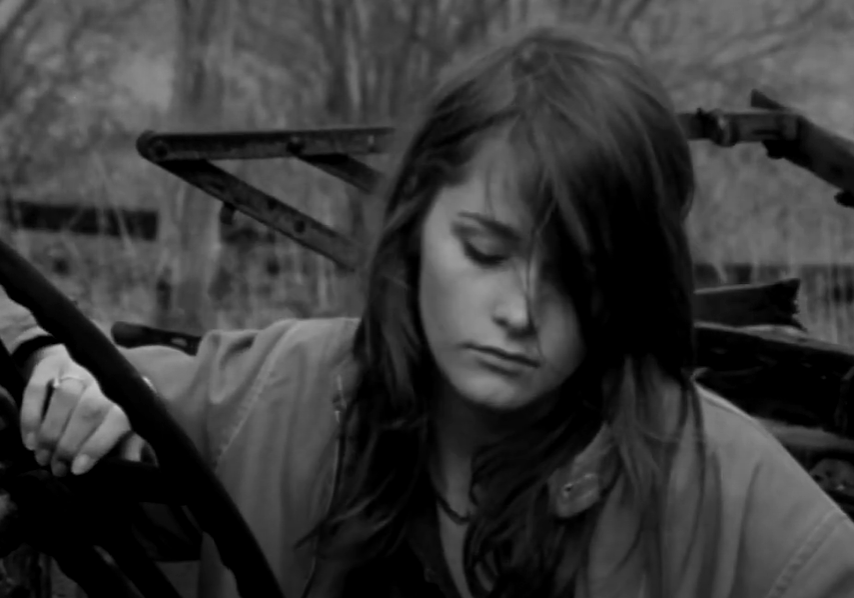 The Best Damn Fiddler from Calabogie to Kaladar (1969), National Film Board of Canada
The Best Damn Fiddler from Calabogie to Kaladar (1969), National Film Board of Canada

History's most fascinating stories and darkest secrets, delivered to your inbox daily.
9. She Was The Darling
Kidder next appeared in a number of Canadian TV shows. The Canadian Film Awards honored her as “Outstanding New Talent” in 1969. But while she was becoming the darling of the Canadian TV scene, she wanted more: She wanted to be in Hollywood movies—and her chance was right around the corner.
10. She Didn’t Stand Out
Kidder’s first US feature film was Gaily Gaily with Beau Bridges. In the film, Kidder works in a bordello and becomes Bridges’ love interest. I wouldn't call it her breakout role, though. Based on several critical reviews, it seems that Kidder stood out neither as exceedingly good, nor bad. It was going to take more than that for this girl from the Canadian North to stand out—and it was only going to get more difficult.
11. She Was Typecast
Kidder returned to Canadian TV with her tail between her legs until a US show showed some interest in her. This was Nichols, a Western series starring the iconic James Garner. Kidder plays a barmaid who may or may not be running a bordello in the back—it seems she was getting typecast already. Sadly, the show didn’t survive even one season.
Margot Kidder was struggling to make a splash—and she seemed to be making it even worse on herself.
12. It Was An Epic Fail
Even though she’d only been in a few US shows and one feature, this was enough for ABC. The Dick Cavett Show was a late-night talk show, and the folks there thought Kidder was star power enough for a visit. So what did she say when Cavett asked about her future plans as an actor? She told the prestigious host—and the viewing audience—that she’d rather be an editor. Maybe not the smartest move for someone who isn't even established as an actor yet.
What was she doing, sabotaging her own career?
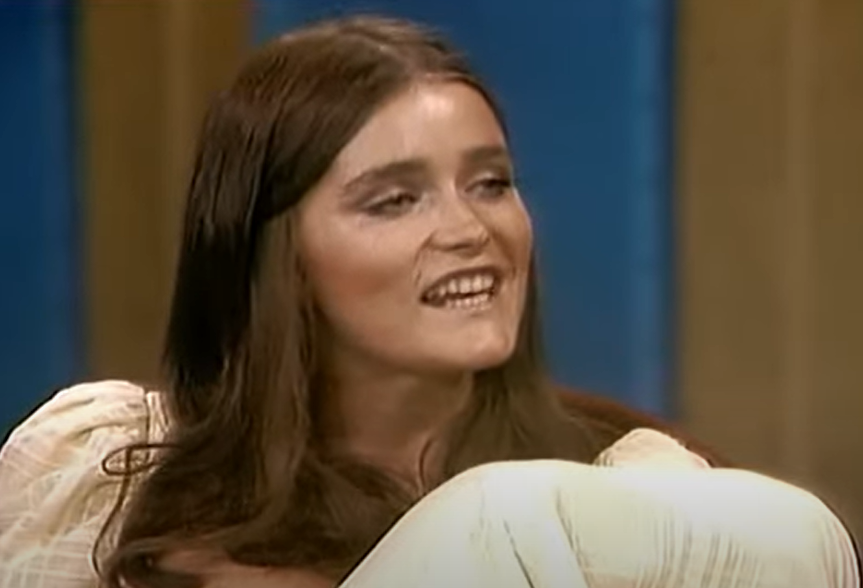 The Dick Cavett Show (1968-1986), ABC
The Dick Cavett Show (1968-1986), ABC
13. She Cut It
Well, whether it was a good idea or not, Kidder did eventually get the chance to edit a movie. Robert Altman, one of the 20th Century's most prolific filmmakers, employed Kidder as an assistant editor on his 1970 film Brewster McCloud. It seemed that this experience wasn’t great for Kidder, however, as she soon returned to acting. But the struggles just kept coming...
14. She Moved—Twice
Kidder soon realized that she had to be close to the action in order to get a proper career in movies. She moved to Los Angeles and soon got a big break—but it meant another move. In the strangely titled Quacker Fortune Has a Cousin In the Bronx Kidder had to go to Ireland for filming. Her co-star was the wildly famous comedic actor Gene Wilder.
While the film did win a Writers Guild of America award, its box office was disappointing. Kidder knew she needed to be in a hit film and she had a plan to make that happen.
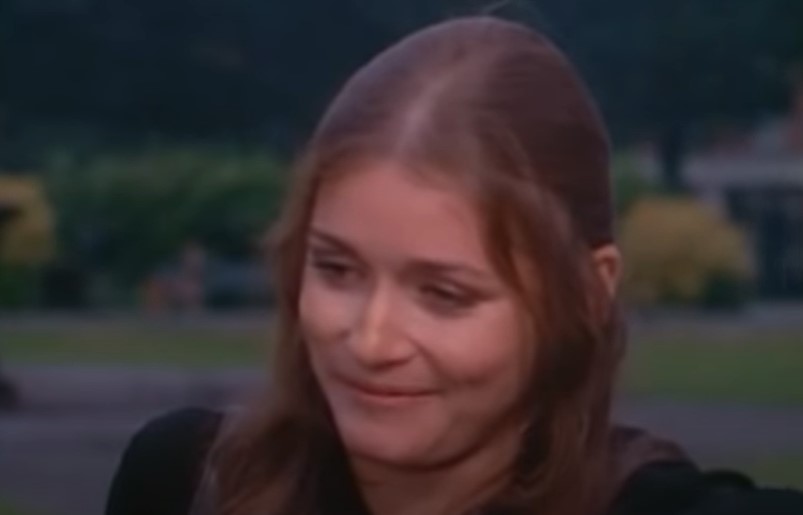 Quackser Fortune Has a Cousin in the Bronx(1970), Universal Marion Corporation (UMC)
Quackser Fortune Has a Cousin in the Bronx(1970), Universal Marion Corporation (UMC)
15. She Honed
After filming in Ireland, Kidder didn’t return to LA—she headed to New York City. She’d decided that if she was going to take this movie-making business seriously, she needed to know how to act. In New York, Kidder enrolled in acting lessons. Once she’d honed her skill, it was back to Los Angeles and hopefully more movie-making. But would this move finally pay off?
16. She Got A Gift
When she got back to LA, Kidder had a roommate and friend named Jennifer Salt. The two struggling actors had a group of friends that were also in show business—and their luck was finally about to change. At a Christmas party one year, Kidder and Salt received presents in matching boxes. In each box was a script. And the gift giver? He was none other than Carrie director Brian De Palma.
17. She Was A Sister
At this time, De Palma was not a famous director, but he had a vision for his horror movie Sisters about conjoined twins involved in a murder. Little did Kidder know at the time, but this film would jump-start both her career and De Palma’s. But there's one important detail to consider: Kidder and De Palma weren’t just actor and director; they were also dating.
18. She Started A Trend
After making her horror film debut in Sisters, more came her way. Black Christmas saw Kidder heading back up to Toronto. Some say this movie was the first slasher film and inspired the countless Halloween-type films that followed. Kidder herself thought the film would go nowhere, but it did become a cult classic. It also earned Kidder a Canadian Film Award for her performance.
Kidder, however, didn’t want to be a film that would eventually be important. She wanted a hit now.
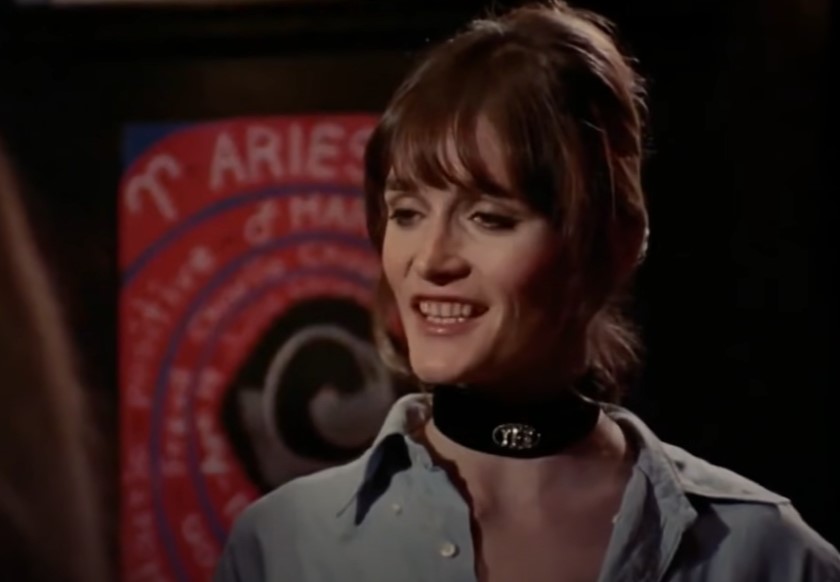 Black Christmas (1974), Film Funding Ltd
Black Christmas (1974), Film Funding Ltd
19. It Was A Sleeper
Another film that seemed destined to disappear is 1974’s The Dion Brothers. Here Kidder reprises her past type as a lady of the evening. This was another film that didn’t make a big splash until years later. Now audiences, critics, and filmmakers like Quentin Tarantino have rediscovered it. The original name of the film was The Gravy Train, but test audiences thought it was about dog food. Kidder was getting a reputation as an actor associated with “sleeper hit” films.
Her next feature, however, would be anything but a sleeper.
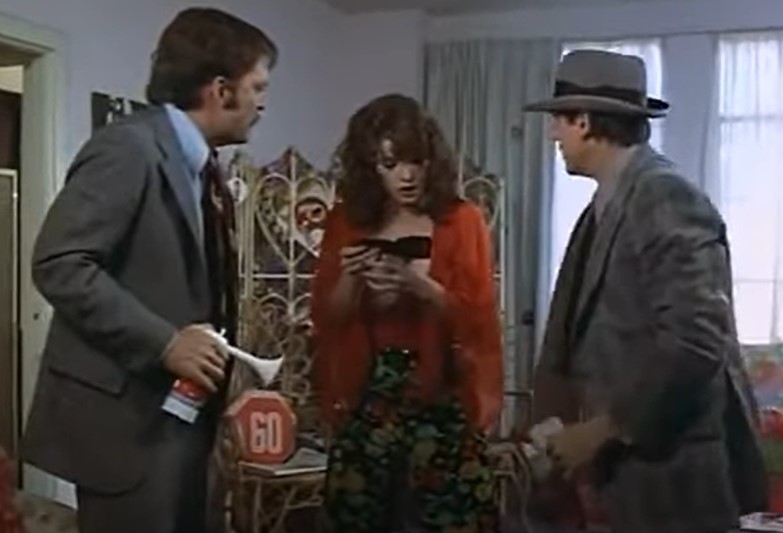 The Dion Brothers (1974), Tomorrow Entertainment
The Dion Brothers (1974), Tomorrow Entertainment
20. It Wasn’t That Great
The Great Waldo Pepper was director George Roy Hill’s first film after the hugely successful The Sting. Like The Sting, it starred box office gold Robert Redford. In spite of its impressive pedigree, The Great Waldo Pepper—according to some critics anyway—wasn’t all that great. It didn’t matter. The film was a huge hit, and soon, Kidder was becoming a very in-demand supporting actor.
21. She Played Old
In 1975 Kidder returned to horror in The Reincarnation of Peter Proud. There may have been some actual reincarnation when it came to casting. You see, Kidder played Jennifer O’Neill’s mother in the film. There was just one thing: Kidder was six months younger than O’Neill in real life. Regardless, Kidder received great reviews in this film. Variety called her performance “outstandingly rich”.
Her acting may have been rich, but Kidder certainly wasn’t. She still had to work to make a living.
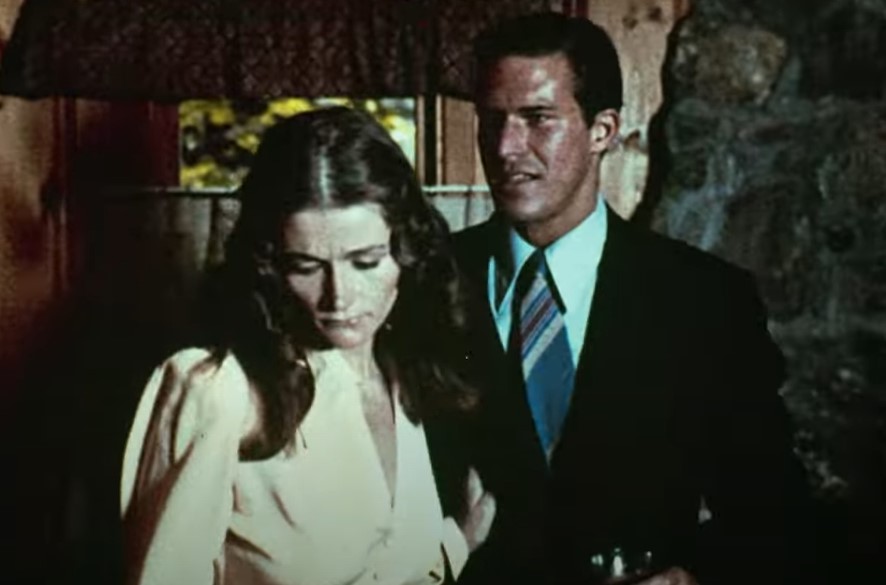 The Reincarnation of Peter Proud (1975),Bing Crosby Productions
The Reincarnation of Peter Proud (1975),Bing Crosby Productions
22. She Got the Wrong Idea
Kidder had made a couple of short films and then in 1976, got the chance of a lifetime. Marlon Brando and Jack Nicholson were making the western The Missouri Breaks and Kidder was to film a documentary about the making of the movie. Kidder took her role seriously and got all the nitty-gritty footage she needed.
However, once the producers saw what she was doing, they promptly fired her. Why? They didn’t want a documentary, they wanted a publicity film. Kidder didn't want to play by the rules, and it lost her the job.
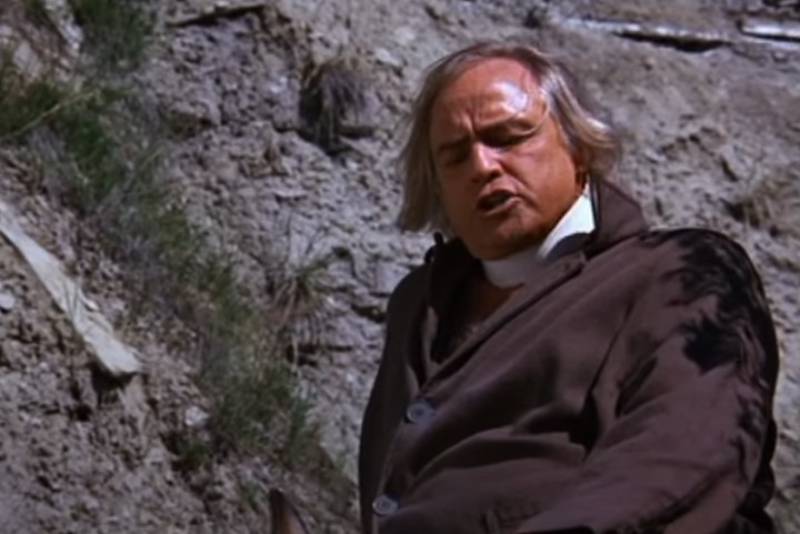 The Missouri Breaks (1976), United Artists
The Missouri Breaks (1976), United Artists
23. She Rode Off Into The Sunset
Next, Kidder made 92 in the Shade with Peter Fonda. During the filming, Kidder struck up a romance with the director, Thomas McGuane, and the two were soon talking marriage. However, while still filming 92 in the Shade, McGuane did something heartless: He cheated on Kidder with another actor in the film: Elizabeth Ashley. The pair still eventually got married—but in case you couldn't guess, it was a total train wreck.
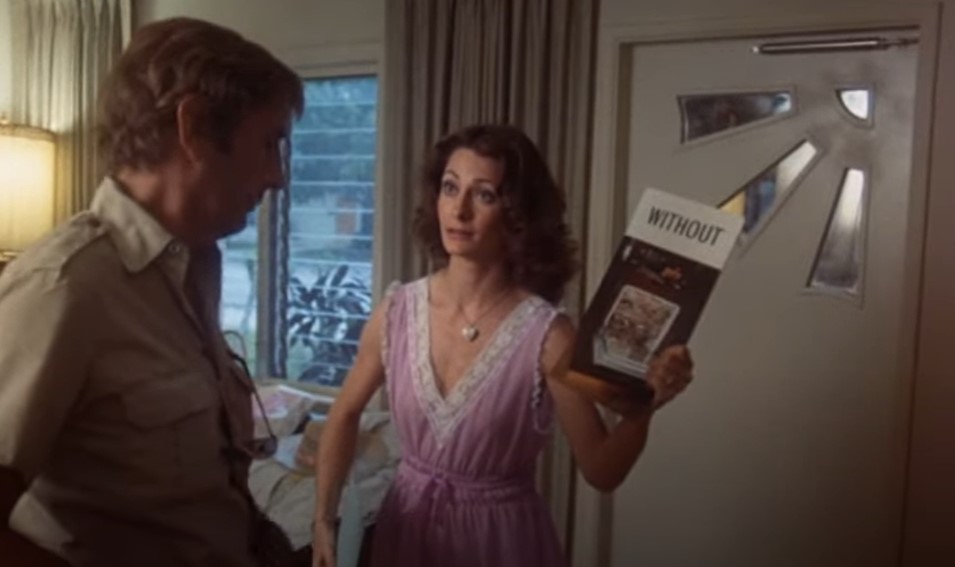 92 in the Shade (1975), Incorporated Television Company
92 in the Shade (1975), Incorporated Television Company
24. She Posed
Kidder and McGuane moved to Montana, and in March 1975, they had a child: Maggie McGuane. To raise her daughter, Kidder took a break from filmmaking, but she still had time for publicity—even if it was a little scandalous. In March 1975, just after giving birth to Maggie, Kidder posed for Playboy magazine. To maintain her self-respect, however, she insisted on writing the accompanying article herself.
25. She Made It Legit
Kidder and McGuane had a house and a daughter, but they didn’t have a marriage. On August 2, 1976, the two tied the knot and made their family official. Unfortunately, it may have been this new status that was the beginning of the end. The marriage lasted less than a year. But when one door closes, another opens.
Kidder's marriage was over, but she was ready to start acting again. And she was about to get the role of a lifetime.
26. She Thought It Was Fun
When Kidder got the invite to read for the character of Lois Lane in 1976’s Superman, she didn’t really have anything to go on. You see, Kidder was not a big comic book reader, and she didn’t have any connection to this character called Superman. What she liked about the script was that it was fun. It may have been her unbiased take on Superman’s girlfriend that landed her the role over other hopefuls like Anne Archer and Stockard Channing.
Of course, it could have been something else altogether.
27. She Was Clumsy
When Kidder went in for the screentest for Superman, she was meeting director Richard Donner for the first time. Her first impression was mortifying. When Kidder entered the room, she fell flat on her face—literally. Donner thought her clumsy behavior was hilarious. He also enjoyed Kidder’s reading of the famous line: “What color underwear am I wearing?”
Apparently, she was the only one who thought it was funny. Donner had seen the light: He wanted Kidder to be Lois Lane.
28. He Was Super
The filming of Superman took an astonishing 18 months, so it’s likely Kidder and Superman portrayer Christopher Reeve got close. The story goes that the costume people padded Superman’s underwear to make sure everything about the man of steel was…well…super. Allegedly, between takes of them flying, Kidder would tap Reeve’s underwear and you’d hear a loud metallic bong.
Making Superman, however, wasn’t all fun and games. There were also some cutthroat antics going on.
29. They Put Her Near The Bottom
Superman had some heavy hitters in the supporting cast department and it made for some interesting placement in the credits of the film. Even though Reeve was clearly the star—he was Superman after all—Reeve’s name appeared under Marlon Brando and Gene Hackman. And what about Kidder? The leading lady? She got the worst deal of all. All the big stars pushed her down to spot number eight.
It didn’t matter, though: Kidder nailed her performance and was ready for more.
30. She Wanted More
Kidder now had the taste of a blockbuster film, and she wanted more. Next was The Amityville Horror, a haunted house story that was supposedly based on a true story. Kidder’s co-star is James Brolin, who coincidentally also auditioned to be Superman. Even more coincidental is someone who wanted Brolin’s role in The Amityville Horror: none other than Superman himself Christopher Reeve.
Don’t worry, Kidder would soon be working with her pal Reeve once again.
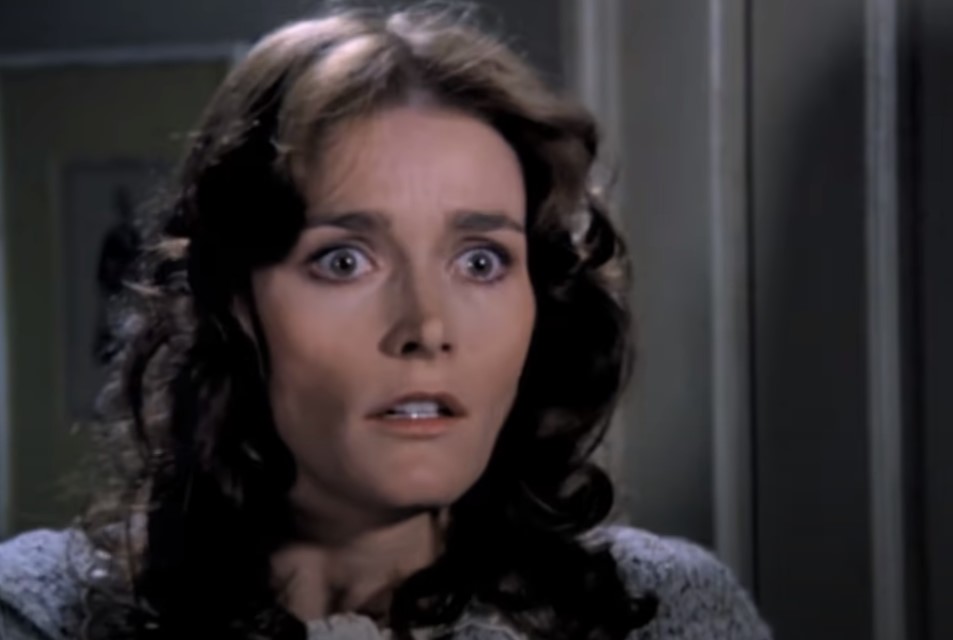 The Amityville Horror (1979), American International Pictures
The Amityville Horror (1979), American International Pictures
31. She Did Another
After The Amityville Horror, which Kidder said she hated, the inevitable happened: There was a Superman sequel. Both she and Reeve were up for making Superman II and their friendship strengthened. The franchise also strengthened: The sequel grossed $108 million in the US alone. Kidder was at the top of her game—at least when it came to earnings. What would she do next?
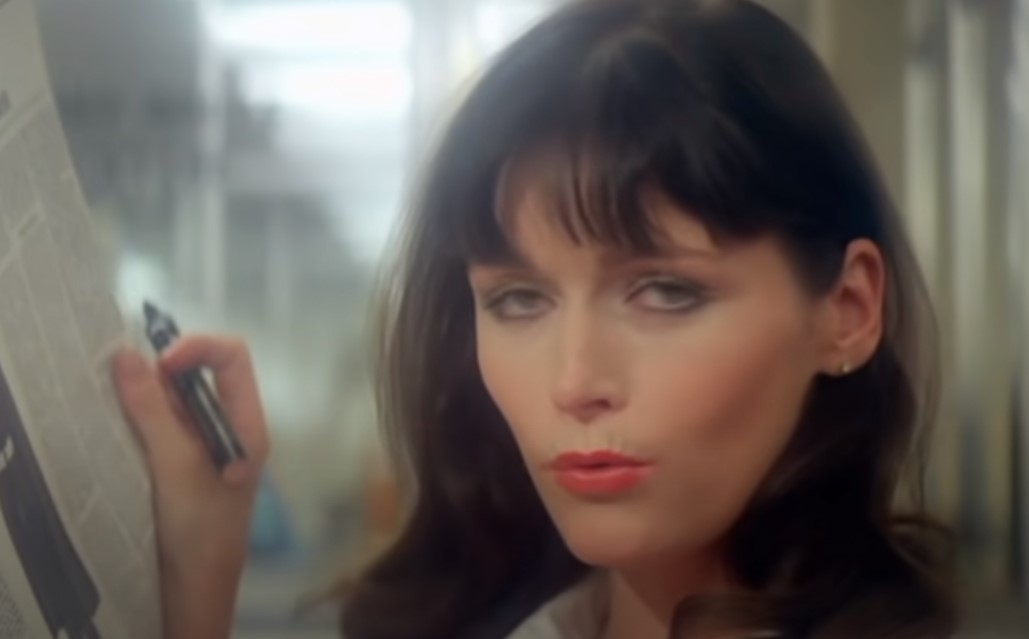 Superman II (1980), Warner Bros.
Superman II (1980), Warner Bros.
32. She Swung With Pierre
Margot Kidder's next relationship took her back to her roots. Canadian Prime Minister Pierre Trudeau, aka “Swinging Pierre,” had just divorced his wife, and he quickly shacked up with Lois Lane herself. Ironically, Trudeau’s problems with his first wife had to do with her bipolar depression—something Kidder also suffered from. It seemed the Prime Minister had a type.
But, despite Trudeau's fame, he wasn't the guy for Kidder. Their relationship fizzled, and a new one was about to begin.
33. She Fell Immediately
Kidder soon appeared opposite Richard Pryor in the comedy/drama Some Kind of Hero. When Kidder met Pryor on the set she forgot all about Trudeau and fell immediately in love with Pryor. The two had a relationship both on and off camera during the filming of Some Kind Of Hero. However, a lot of the on-screen romance ended up on the cutting room floor—and it was for a disgusting reason.
34. She Got Cut
Since Kidder and Pryor were sleeping together off the set, it’s likely that their on-screen romance would sizzle as well. Executives, however, had a problem with the filmed romance: Kidder was white and Pryor was Black. I mean, didn’t they notice that during the auditions? Regardless, much of the on-screen romance of Some Kind of Hero ended up cut.
And speaking of cut, take a look at what happened to Kidder next.
35. They Paid Her Back
When Kidder made Superman II, she complained about the change of director. When it came to Superman III, the producers seemed to be punishing Kidder for her complaint. And what was her punishment? They reduced her role to just a few lines. Of course, the producers deny this claim, but they seem to have done the same with Gene Hackman, who had also complained about the director change.
There is a chance, however, that being mostly out of Superman III was a good thing.
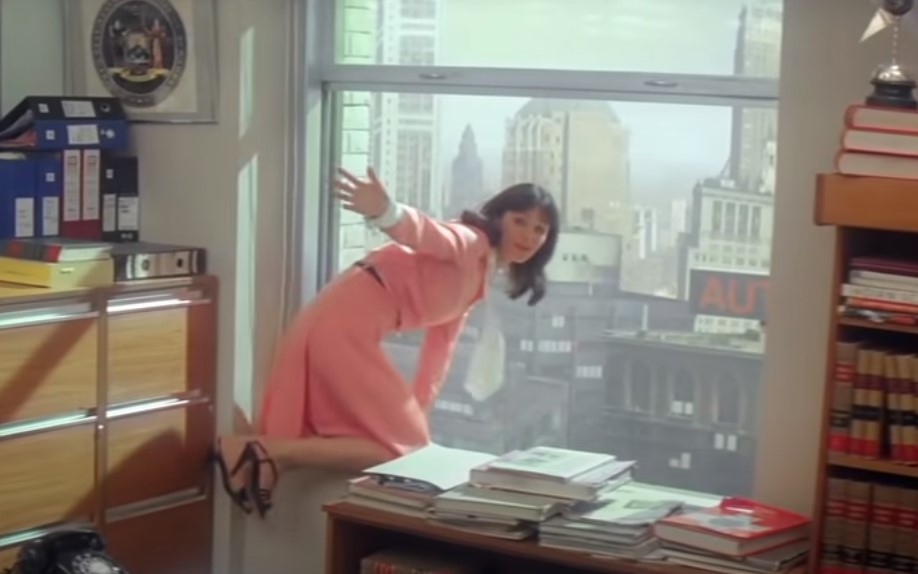 Superman II (1980), Warner Bros.
Superman II (1980), Warner Bros.
36. It Would Have Been Awkward
Maybe it was a good thing that Kidder had only a few scenes on Superman III. You see her old flame, Richard Pryor was also in the cast. It could have been a little awkward doing scenes with a guy you’d just dumped. Instead of spending a lot of time on Superman III, Kidder made a slew of movies that no one really remembers. These were followed by Superman IV—a film she’d want to forget.
Times were getting tough—but she had no idea how bad it was going to get.
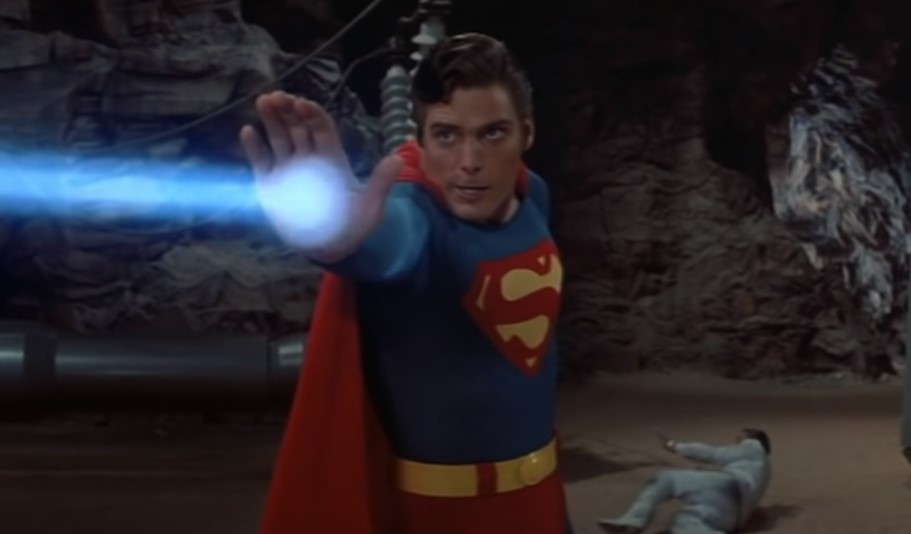 Superman III (1983), Warner Bros.
Superman III (1983), Warner Bros.
37. She Crashed
Troubles started for Kidder when she was making a TV series called Nancy Drew and Daughter. The problem wasn’t the script or the director, it was an accident. While on the set, Kidder got into a car with her real-life daughter, who was playing her on-screen daughter. The car crashed and Kidder injured her spine, which led to her being partially paralyzed. The fallout was devastating—in more ways than one.
The producers canceled the show, leaving Kidder unemployed and in no condition to find a new job.
38. She Had Money Troubles
Due to her injuries, Kidder could not work. This prompted her to launch a lawsuit against the company that was making the series. Unfortunately, this backfired on her. Kidder never got any money from the lawsuit and while she was pursuing it, she was unable to collect any compensation. Kidder’s money was running out fast and she had to do something. As soon as she was able, Kidder started working again to pay the bills.
There was, however, another—more serious—problem surfacing.
39. She Got A Diagnosis
Back in 1988, doctors told Kidder that she had bipolar disorder. She not only refused to accept this diagnosis, but she also refused the treatment the doctor suggested. Kidder had always known she was different, but had so far maintained her sanity on her own. It seemed, however, that it was getting worse. It would take a very public episode to make the situation clear to Kidder.
40. She Disappeared
During all her turmoil, Kidder was writing a memoir of her life. Then she lost it all in an instant. She'd done three years' worth of writing when her laptop got a virus. The result was that all the drafts of her book disappeared into thin air. Kidder was distraught and she immediately flew to California to get an expert to look at recovering the files from her laptop.
In California, Kidder got the bad news: she’d lost her files forever. Kidder heard the news and then she—like her files—disappeared into thin air.
41. She Was In Rough Shape
No one seems to know what happened over the next four days of Kidder’s life. All we know is that some residents in Glendale California found Kidder in their backyard. She was a chilling sight. She was wearing scruffy clothes and apparently had cut her own hair with a razor blade. Her dental bridge was also missing. It looked as though she’d been trying to disguise herself, but why would she want to do that? The reason is shocking.
42. She Faced The Truth
When Kidder was able to talk, she said that she’d been disguising herself for protection from someone who had attacked her. Yikes! Sounds like a great reason—except officers could find no sign of an assault at all. They decided to take Kidder in for psychiatric care. Kidder eventually went to recover in Vancouver, and it was there that she had to face the facts: She had bipolar disorder and she had to deal with it.
43. She Continued To Work
Kidder was still saying no to her doctor’s advice to treat her disorder with lithium. Instead, she planned to cope with her issue with vitamins. Unfortunately, though she was in no state for it, Kidder had to continue working in order to pay for her treatments. What followed were some not-very-memorable roles in some not-very-memorable films. Then, at the turn of the millennium, things got a little crazier.
44. She Got The Wrong Idea
In 2000, Kidder read a script for a film called Apocalypse III: Tribulation. Kidder thought the film sounded ridiculous and funny, so she agreed to appear in it. There was only one thing: The movie was deadly serious. It turned out that this was a film made by Christians about the actual apocalypse. Other stars associated with the film series are Gary Busey, Howie Mandel, and Mr. T. Not exactly a stellar lineup of actors in control of their sanity.
It was clear that Kidder was taking any role that she could get her hands on.
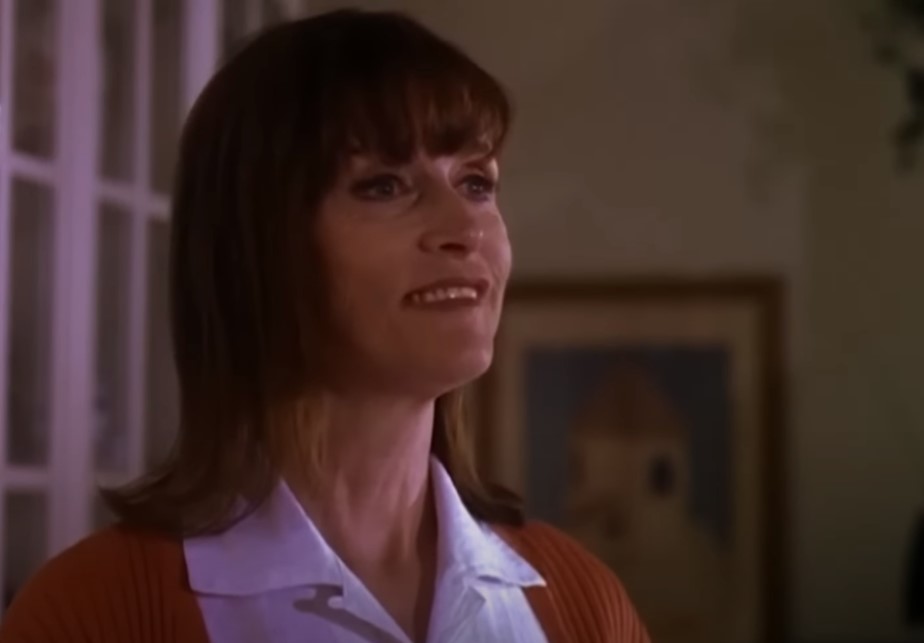 Tribulation (2000), Apocalypse Film Projects Inc.
Tribulation (2000), Apocalypse Film Projects Inc.
45. She Wasn’t Choosy
Kidder continued to deal with her mental health issues and work at the same time. In Peter Benchley’s Amazon—a TV show about the surviving members of a plane crash in Brazil—her slightly on-the-nose character was a crazy Canadian who wanted to take control of the Brazilian tribespeople. Kidder wasn’t being exactly choosy when it came to roles, but she had her own explanation for this.
46. She Didn’t Hold Back
When LGBT magazine The Advocate spoke to Kidder, she didn’t hold back at all. She basically admitted to doing any kind of acting work that came her way. She did, however, draw the line if the subject of the film or TV show was cruel or anti-women. Kidder went on to say that fans may not know she’s still working because all her work is “often very bad and shown at four in the morning”.
It wasn’t, however, all bad.
47. She Still Had It
Around 2010. Kidder appeared in the children’s TV show The Haunting Hour, based on the writings of beloved children's horror author RL Stine. She obviously hadn’t totally lost her talent, as she received a nomination for—and won—an Emmy for Outstanding Performer in a Children’s or Pre-School Children’s Series. Kidder was clearly getting her act together, and she even had time to get political.
48. She Was Vocal
Back in 2005, Kidder decided to become a US citizen, and she immediately became vocal about politics. In 2008, she gave her time to the Barack Obama campaign. Previously, she’d spent time protesting the US involvement in the Gulf War. She even received a nickname for her protest: “Baghdad Betty”. But watch out, Kidder’s activism was about to get her into big trouble.
49. They Took Her In
In 2011, Kidder went to Washington DC with actor Tantoo Cardinal to protest the Keystone Pipeline. The pipeline would be a boon to Canadian oil interests, but could also result in an environmental disaster. The protest got out of control, and officers descended on the demonstrators. In the end, officers took both Kidder and Cardinal into the station and put them in lock-up overnight.
Yes, protesting has its risks—and sometimes even to your health.
50. She Never Made It
In 2016, Kidder spent time at the Standing Rock protest camp in North Dakota. The temperature was extremely cold and blizzards descended on the protestors. She spent close to five months in these harsh conditions, and her health suffered. Even though she was under the weather, Kidder fully expected to show up at the Motor City Comic Con in Michigan. Sadly, she never made it to the event.
51. They Found Her
On May 13, 2018, they found Kidder’s lifeless body in her home in Montana. Kidder was just 69 years old. Of course, everyone was curious about the cause of her early demise. At the time, Kidder’s rep simply said that Kidder had passed peacefully in her sleep. The truth, however, was something more tragic. It turns out that she had willfully taken a lethal mixture of alcohol and prescription medication.
Her daughter, Maggie McGuane, didn’t need to hear the announcement—she knew immediately what had happened because she knew her mother was suffering.
52. She Had A Gruesome Request
Kidder had told her friend Ted Geoghegan what to do if she passed unexpectedly—and it was eerie. She said she wanted him to wrap her body in a sheet and feed it to wolves. Well, most of her friends and relatives couldn't get on board with that request. Instead, her brother John had her cremated and spread her ashes in her favorite locations from their childhood. Some of her ashes did end up near her home, and he spread them on lilies that grizzly bears often fed on.
At least she kind of got her wish.
You May Also Like:
Lillian Leitzel Lived On The Edge
Belle Da Costa Greene Kept One Life-Altering Truth Hidden
Heather Locklear Is Unstoppable
Sources: 1, 2, 3, 4, 5, 6, 7, 8, 9, 10, 11, 12, 13, 14, 15, 16, 17, 18, 19, 20, 21

